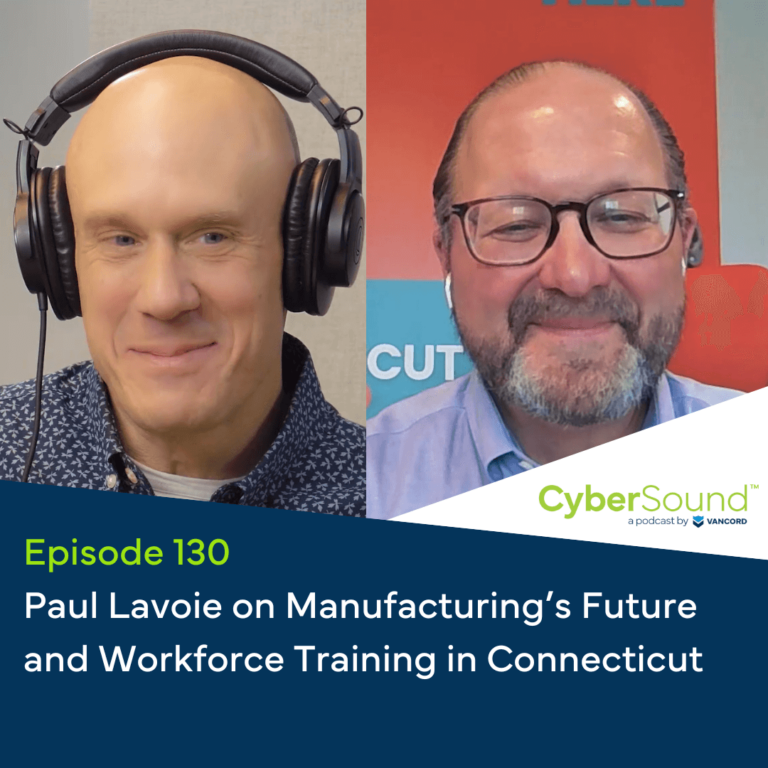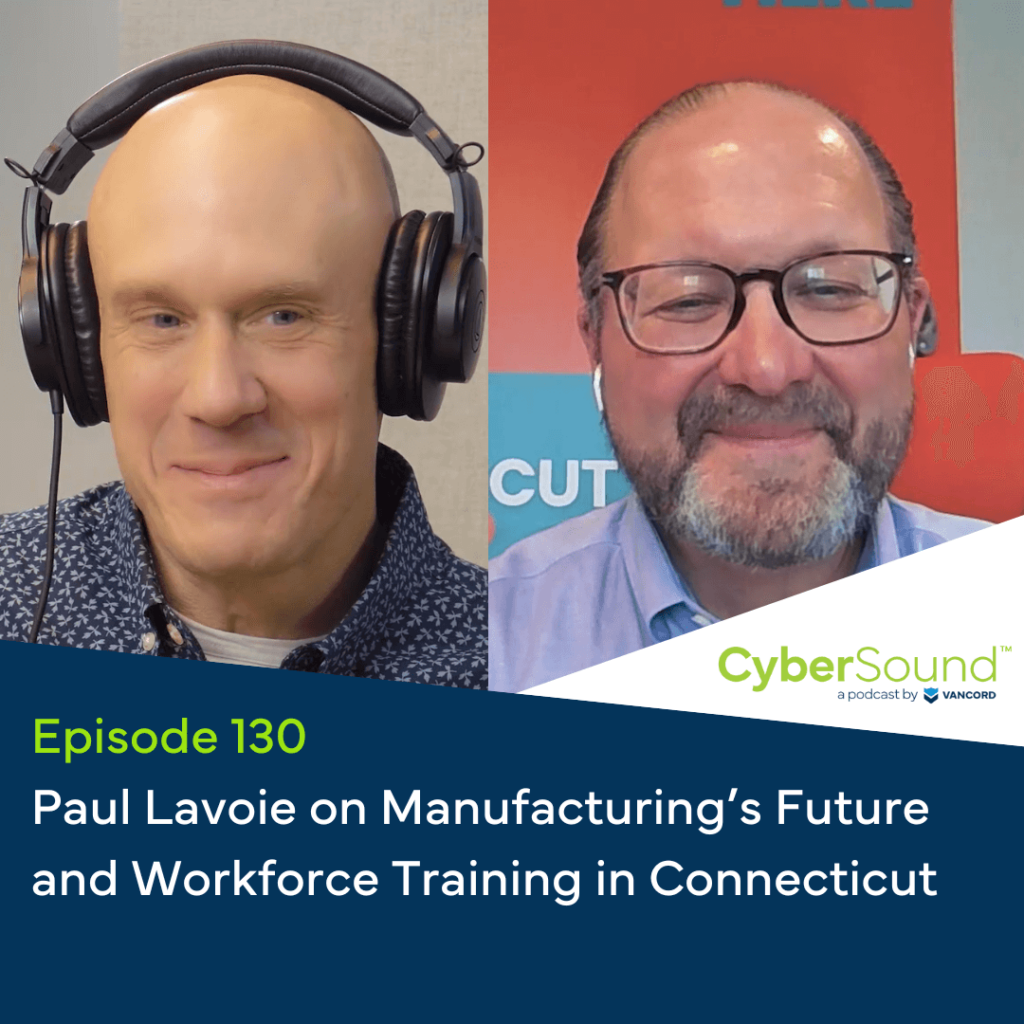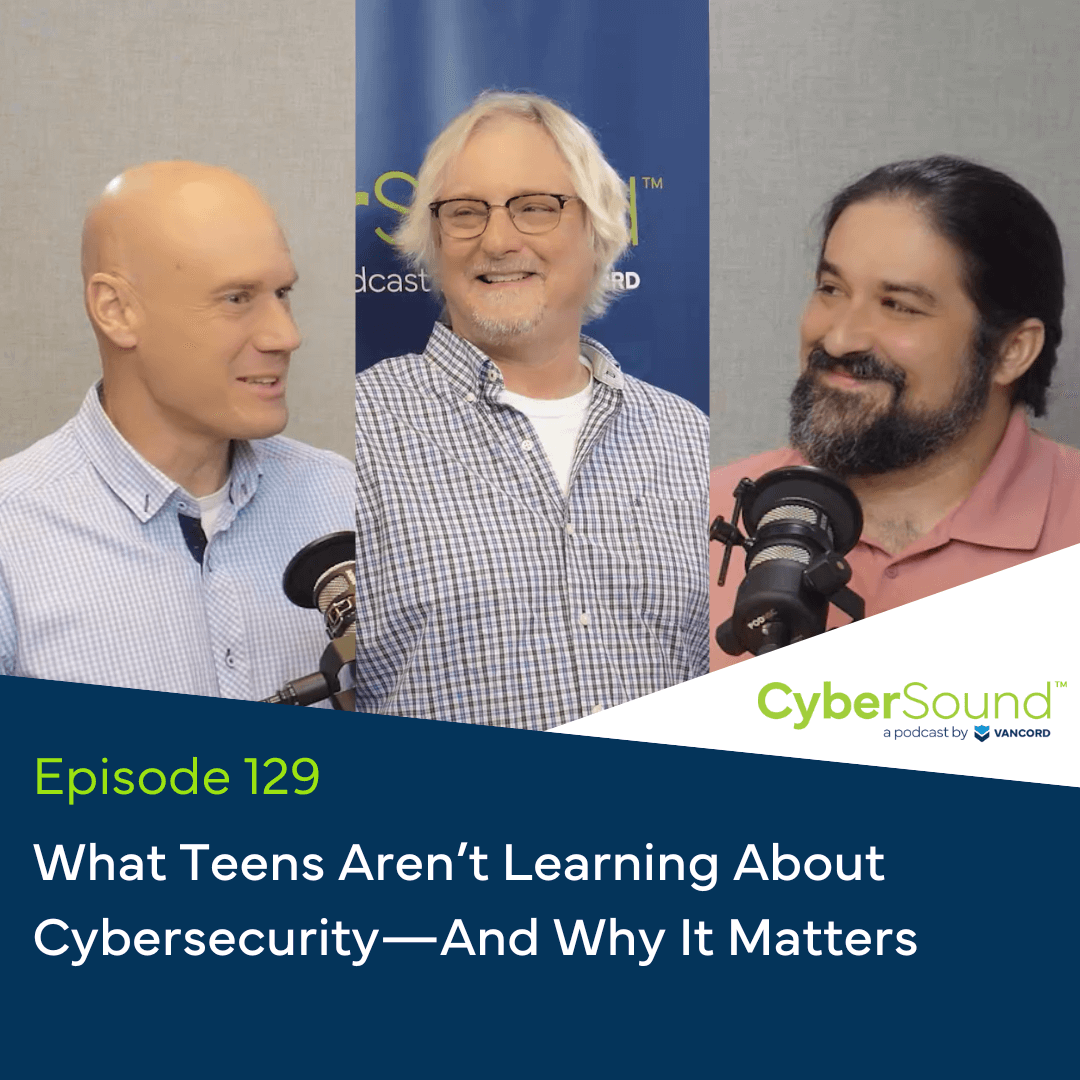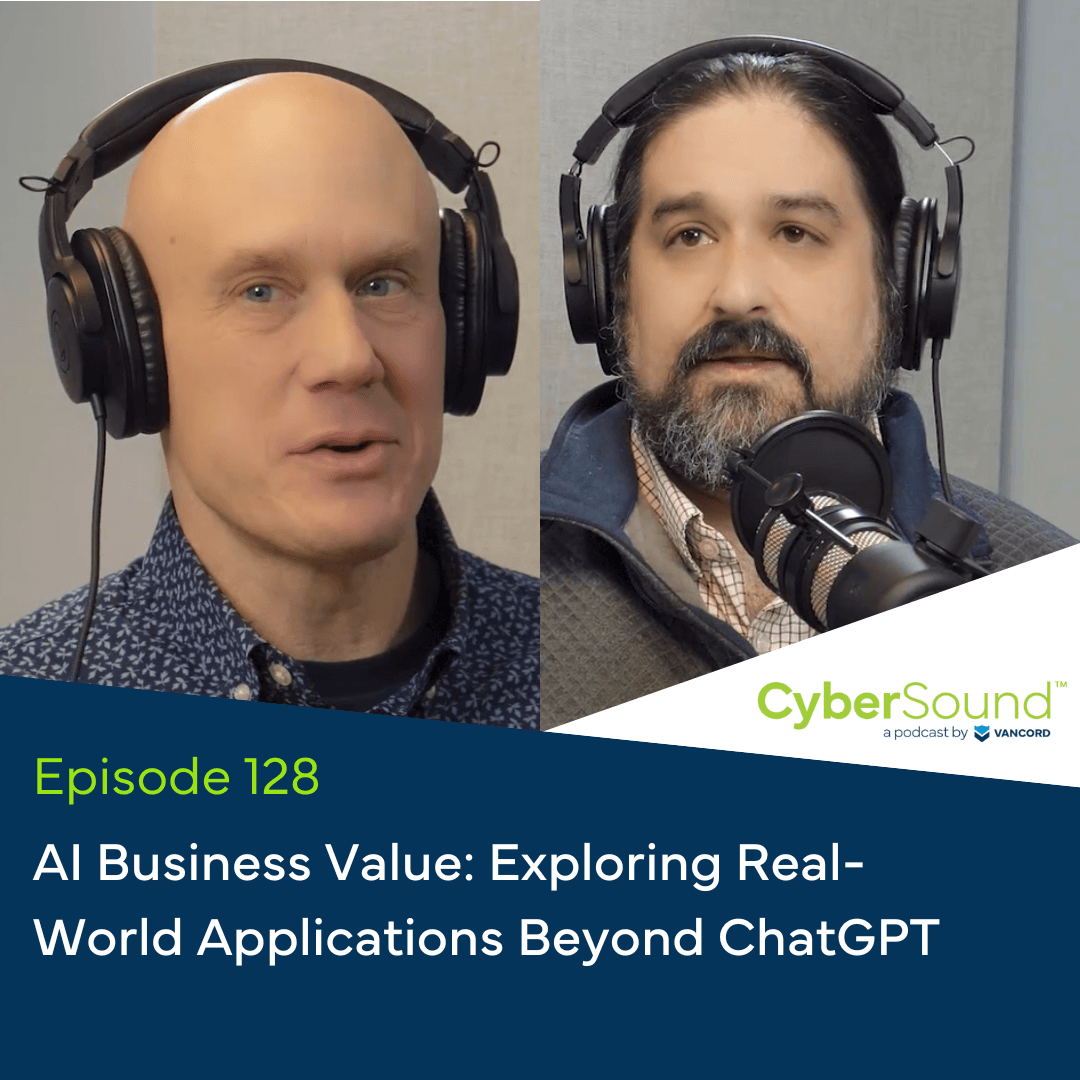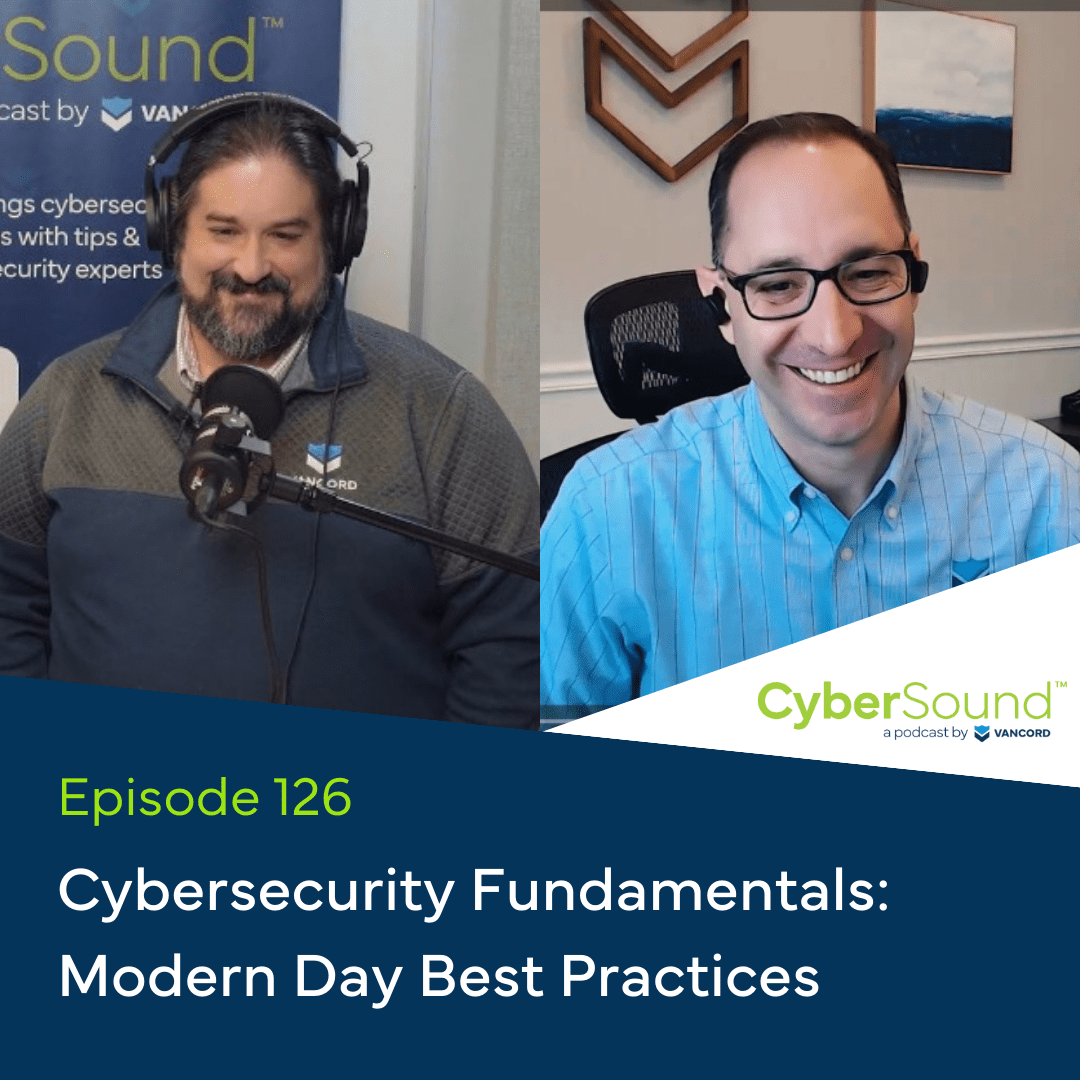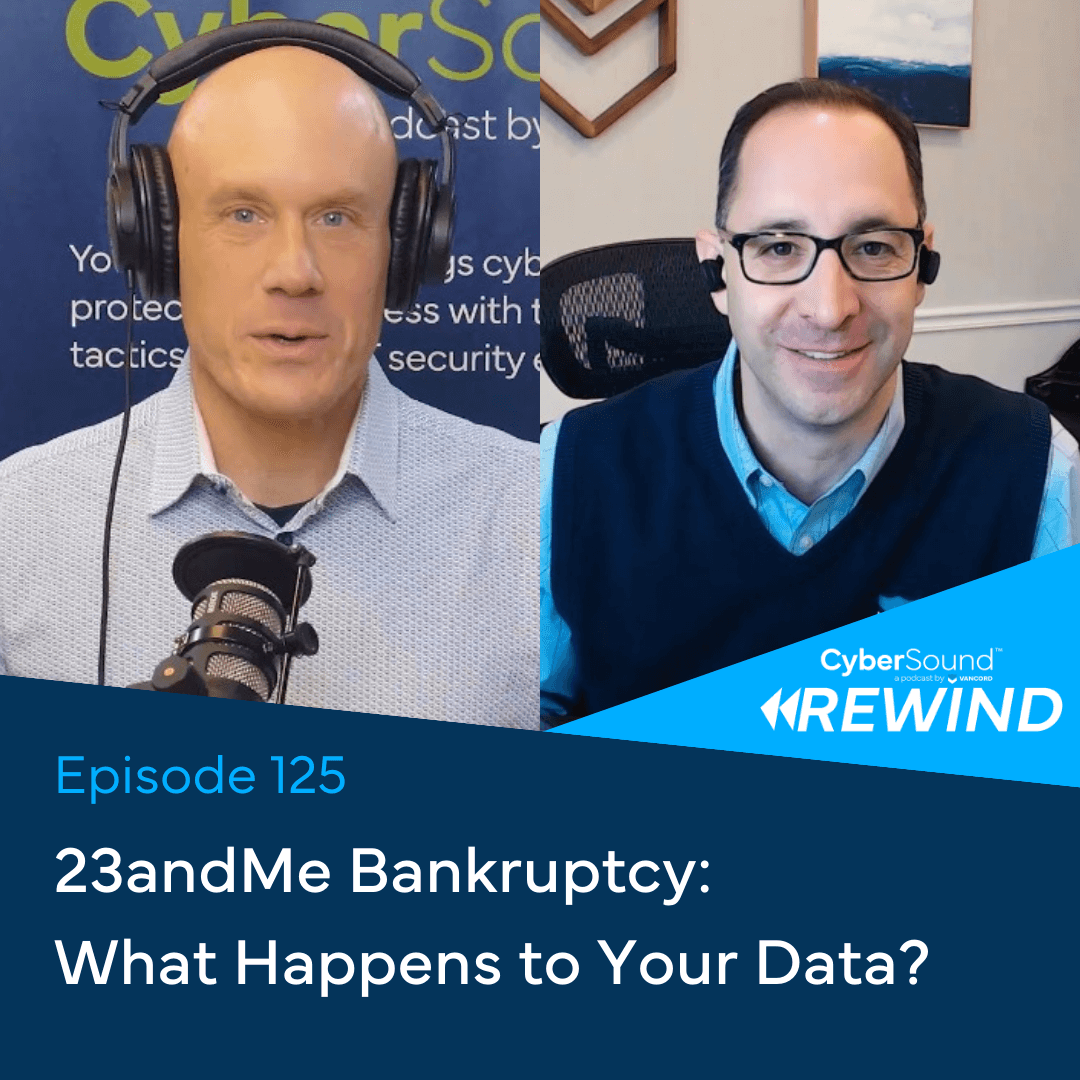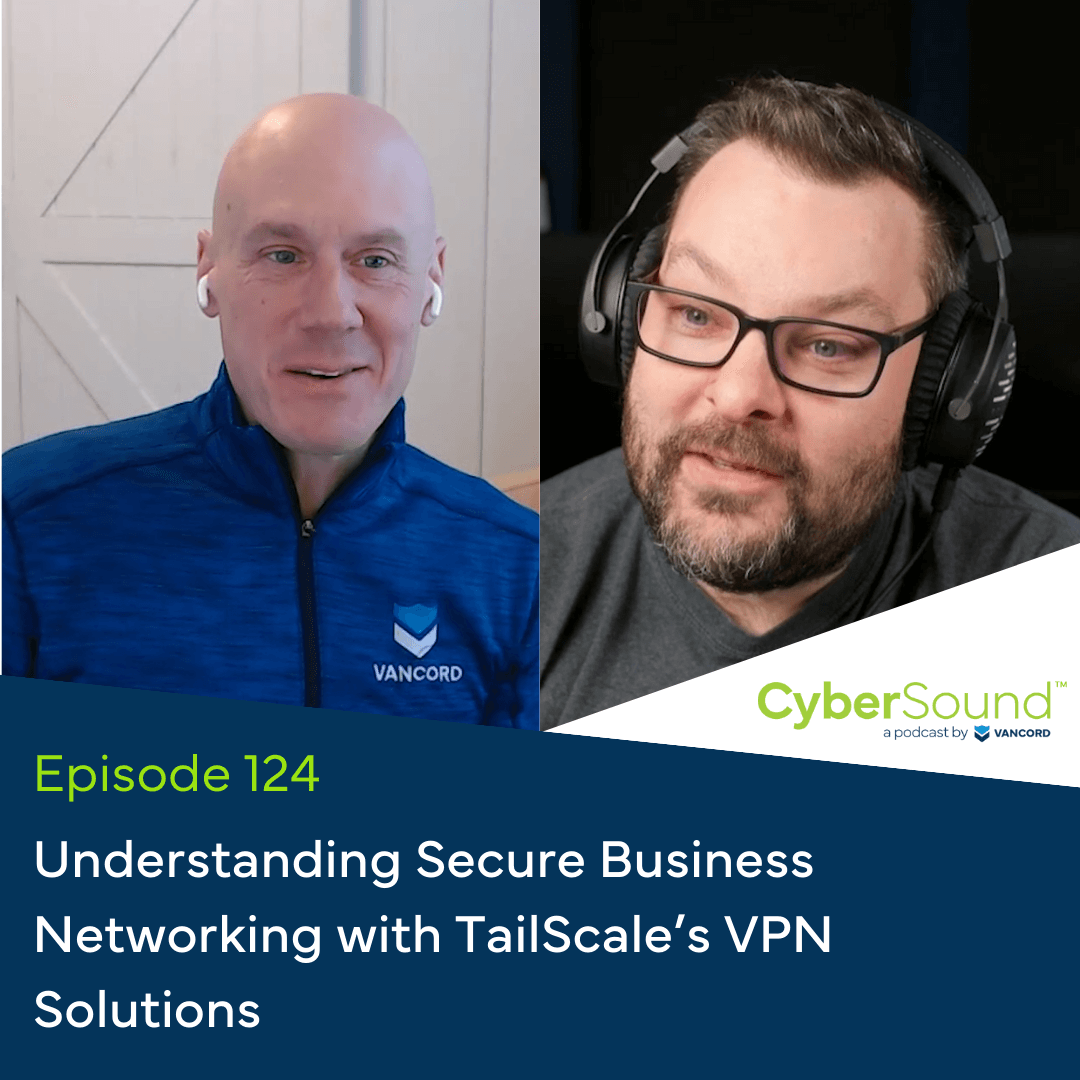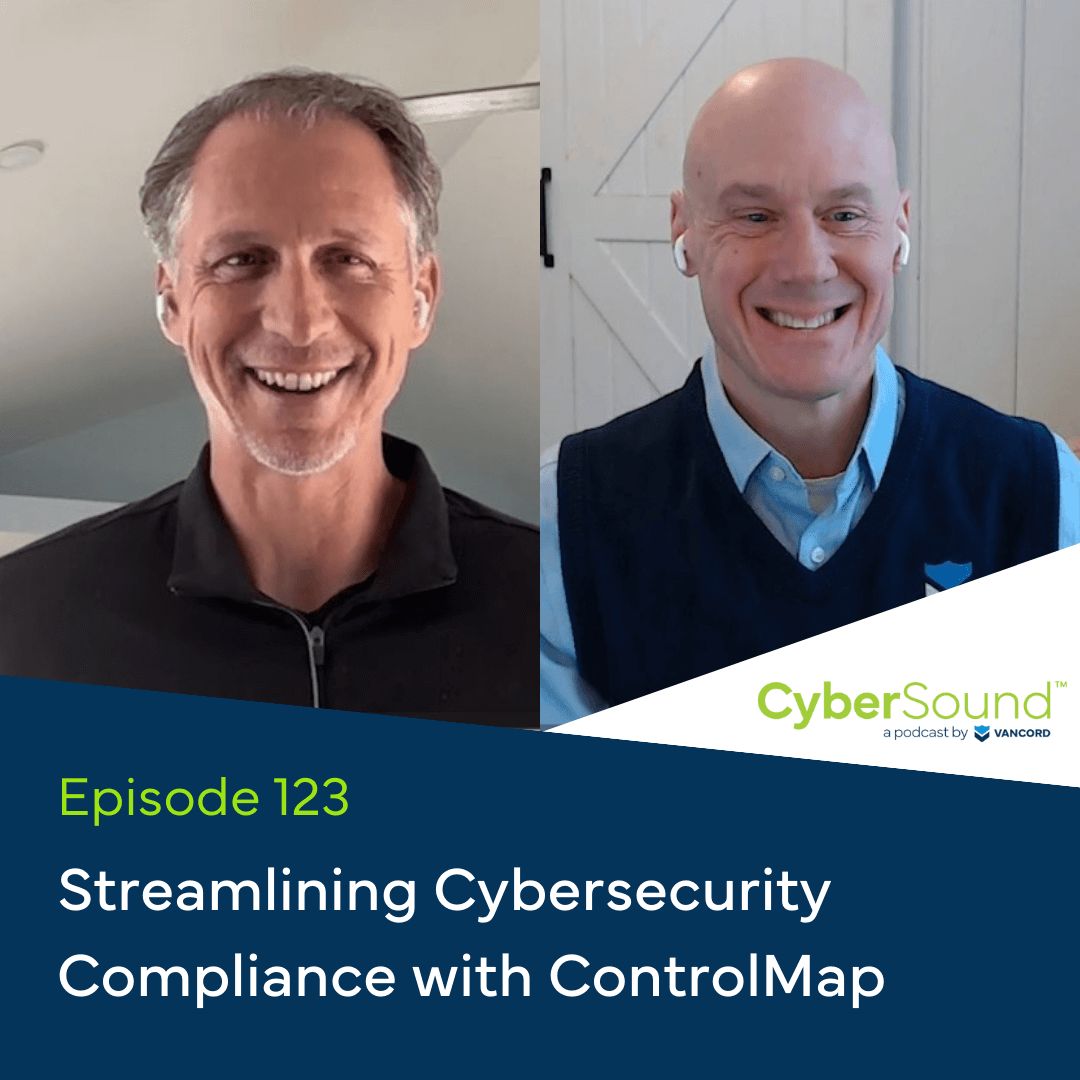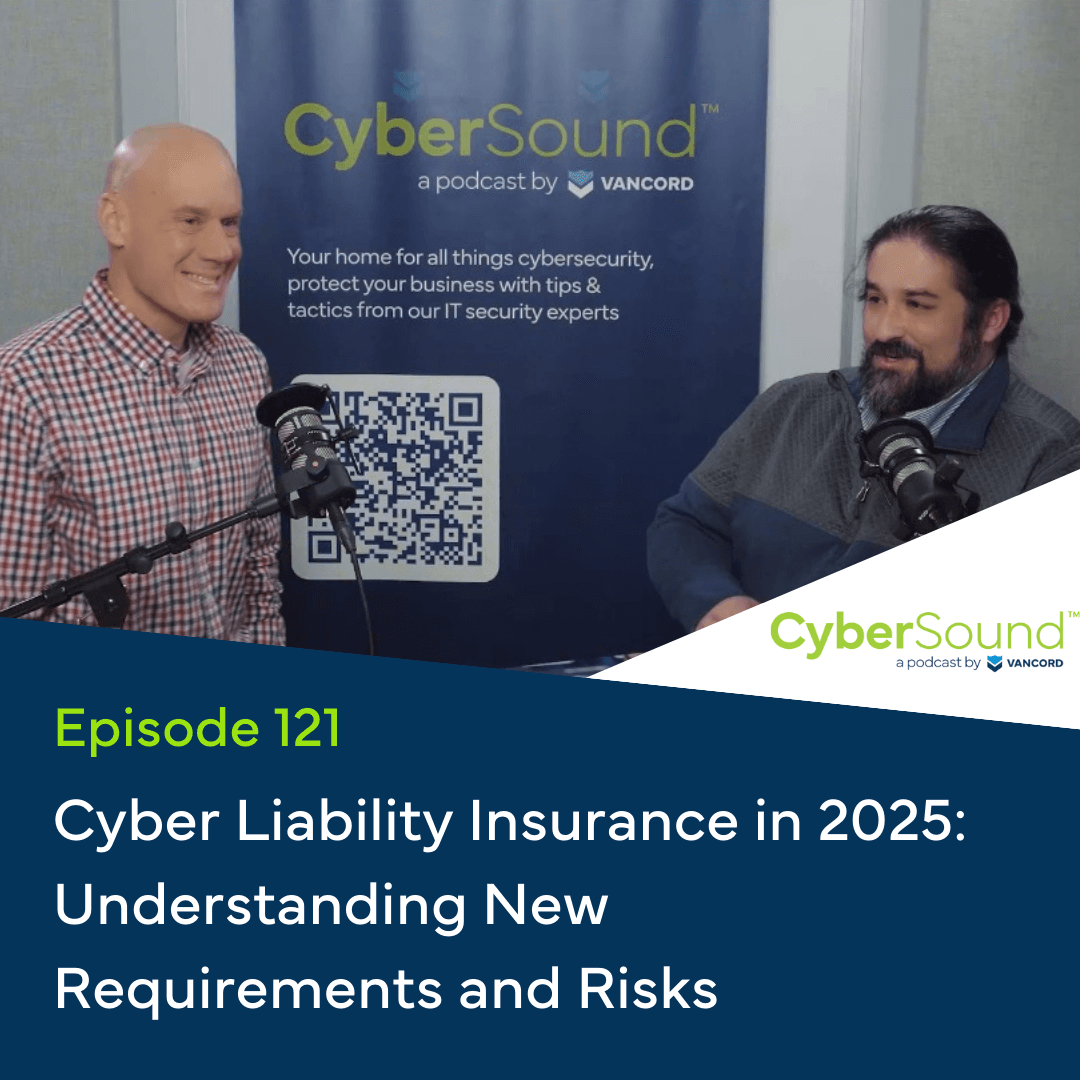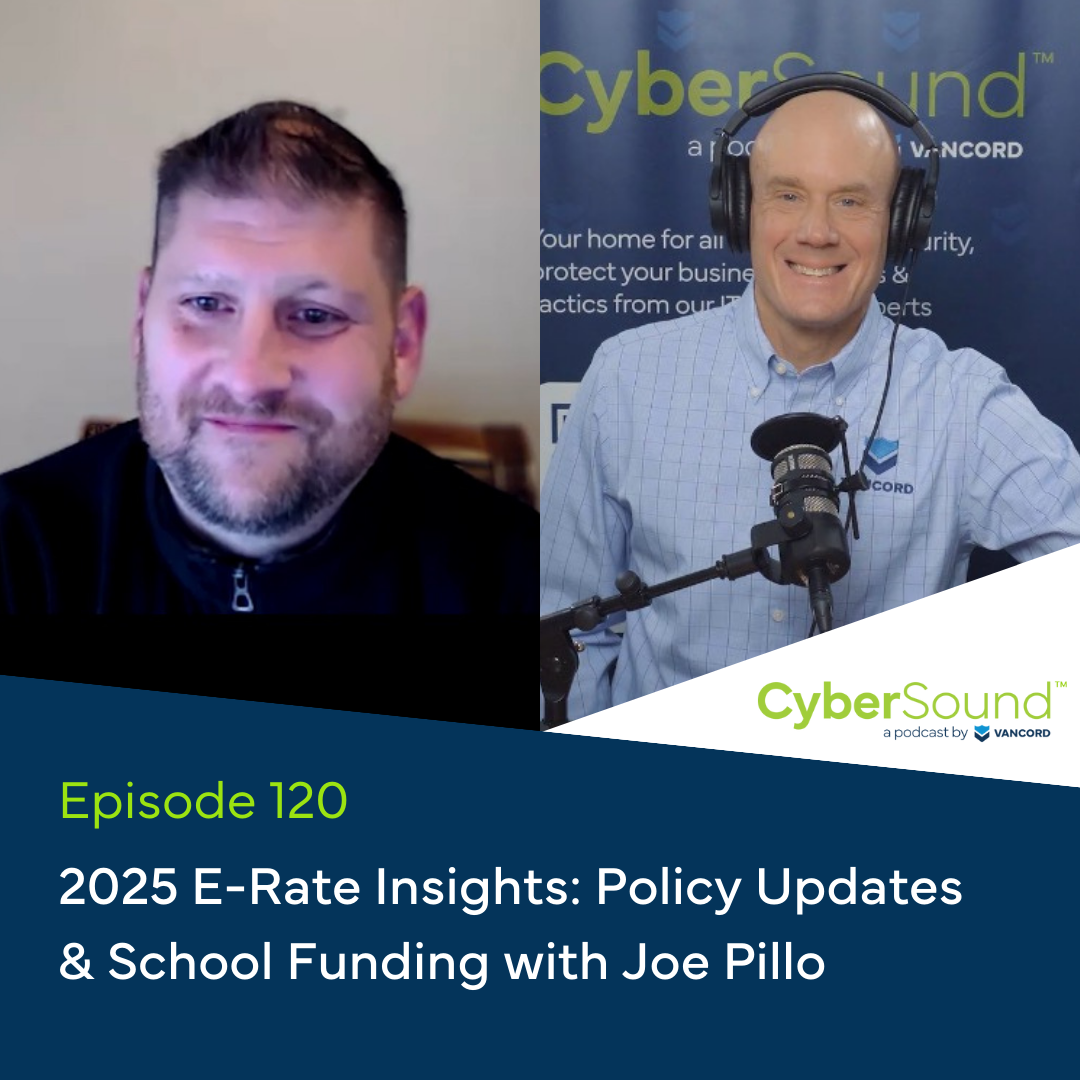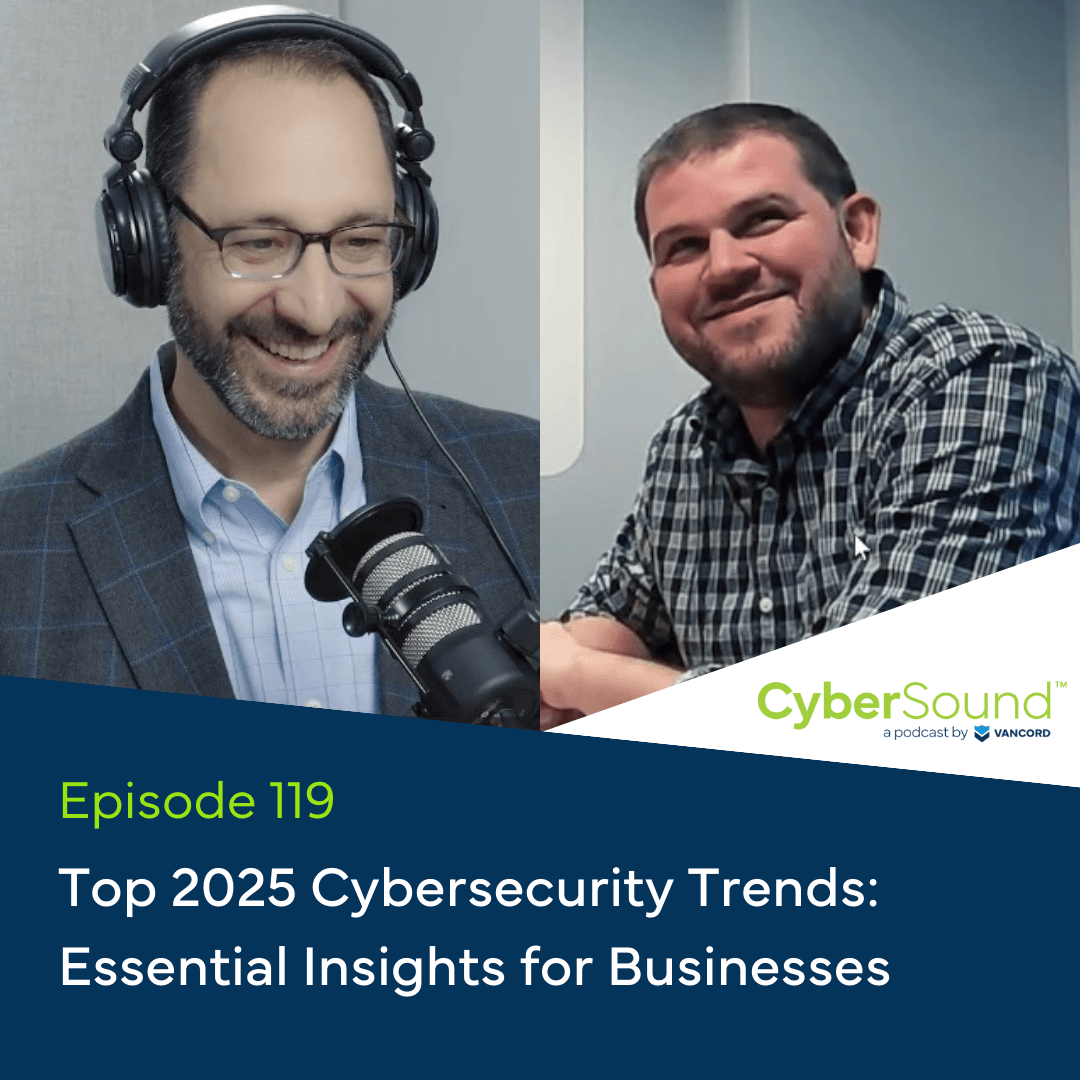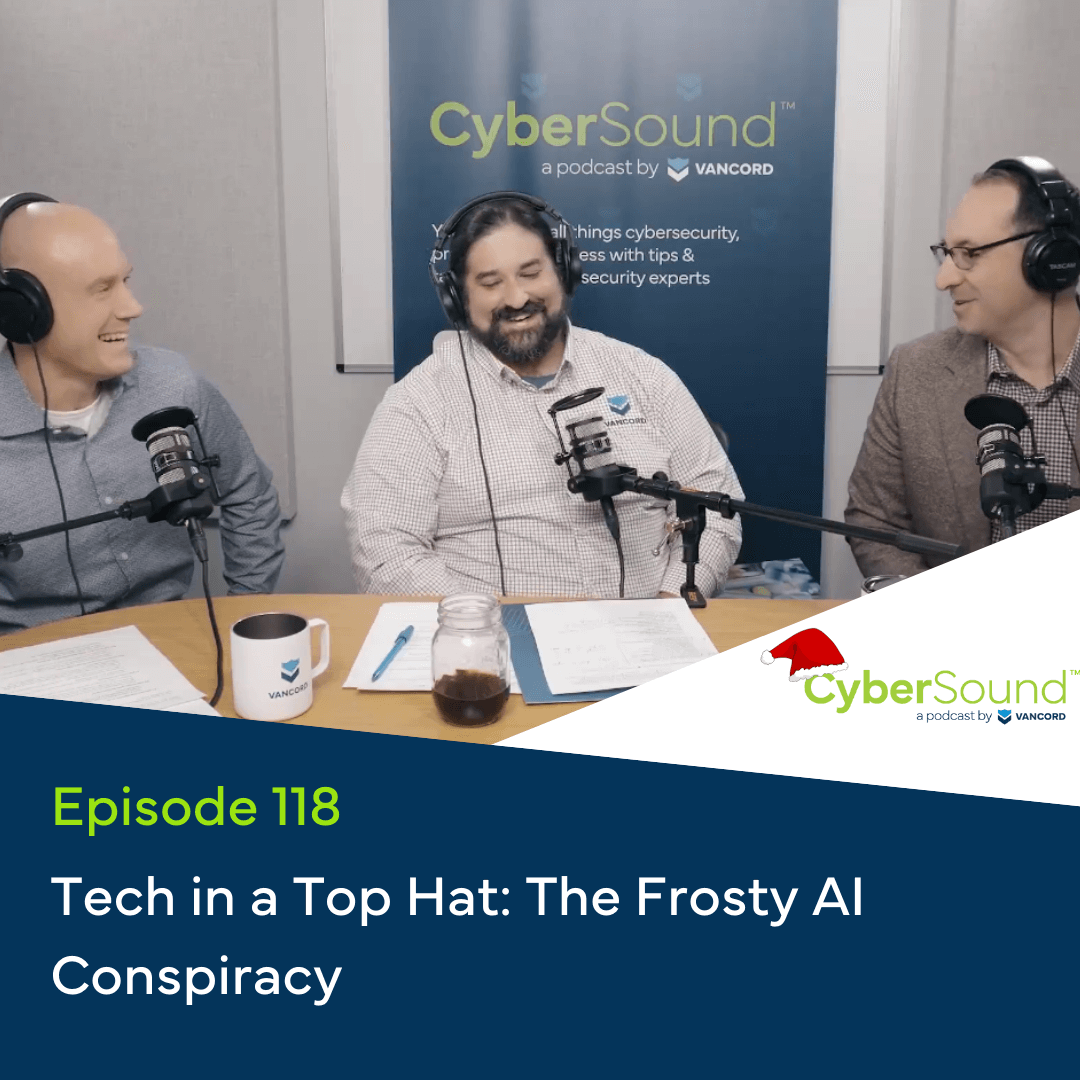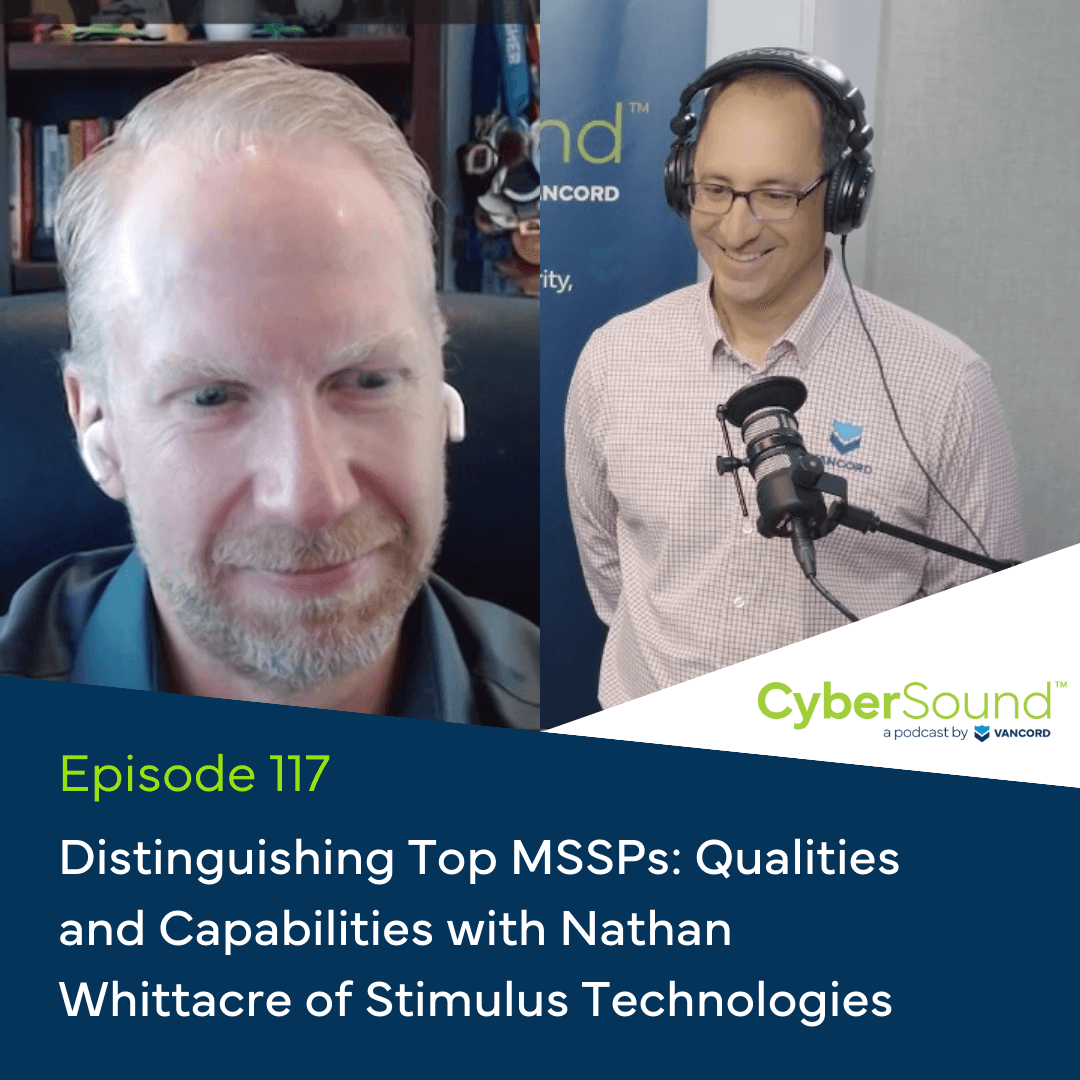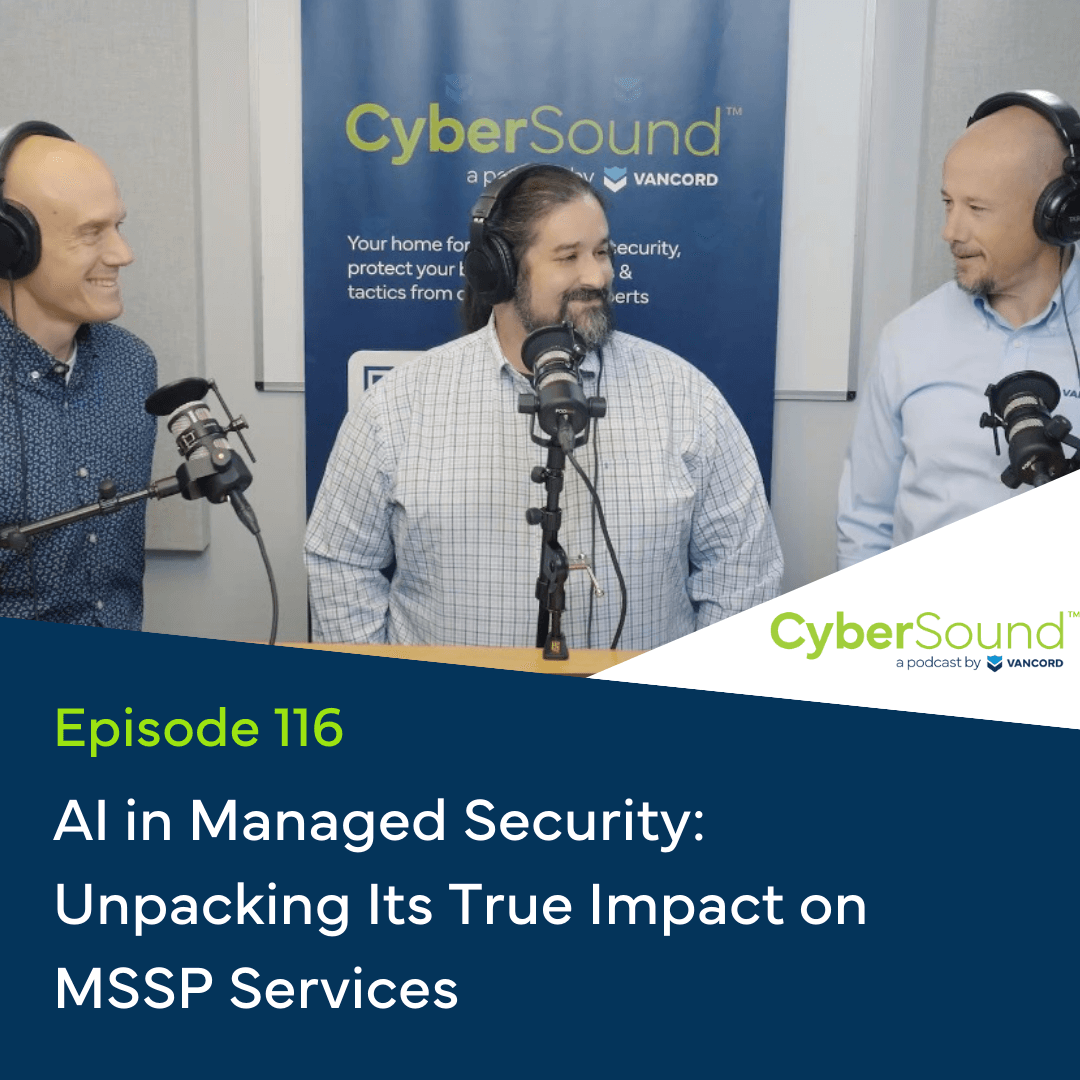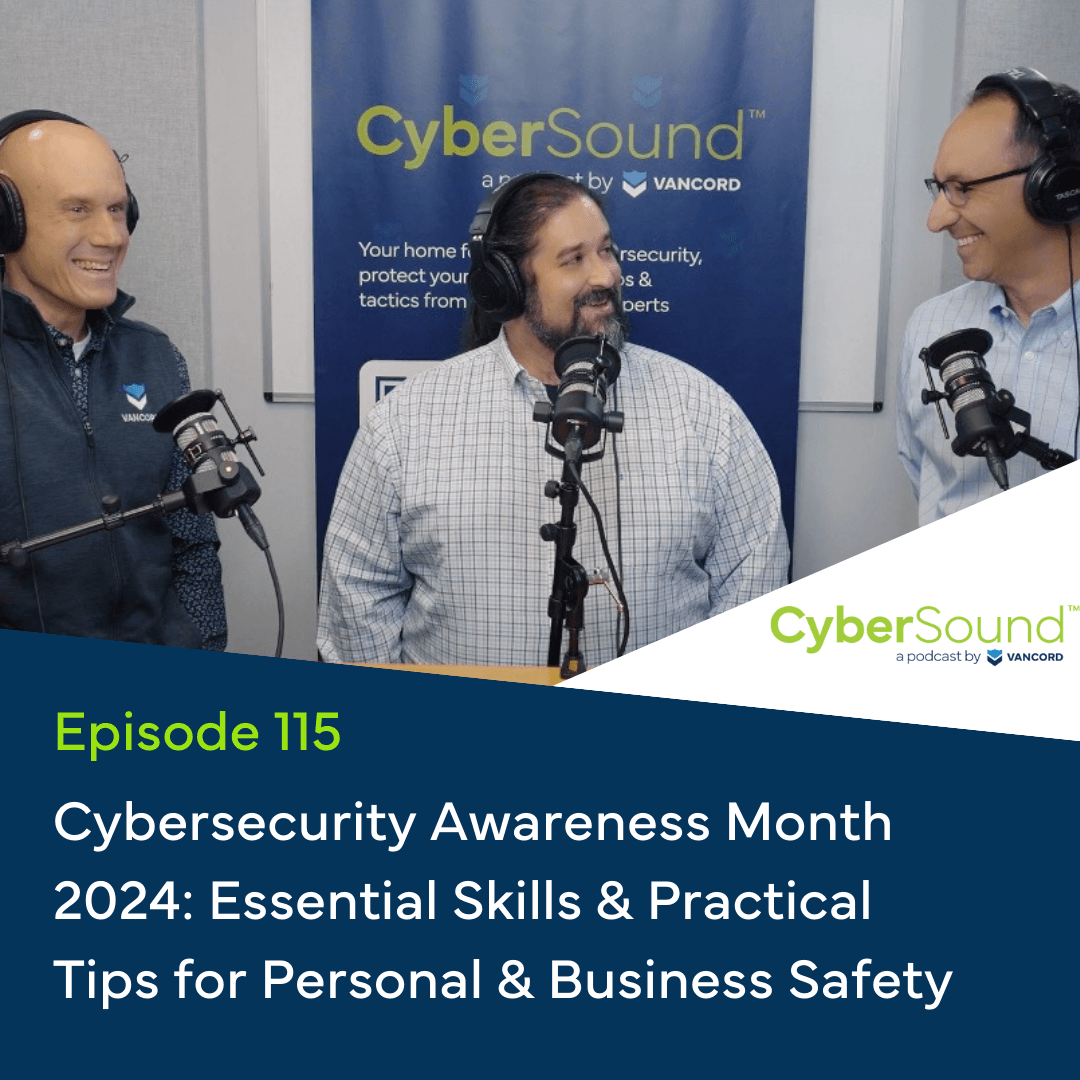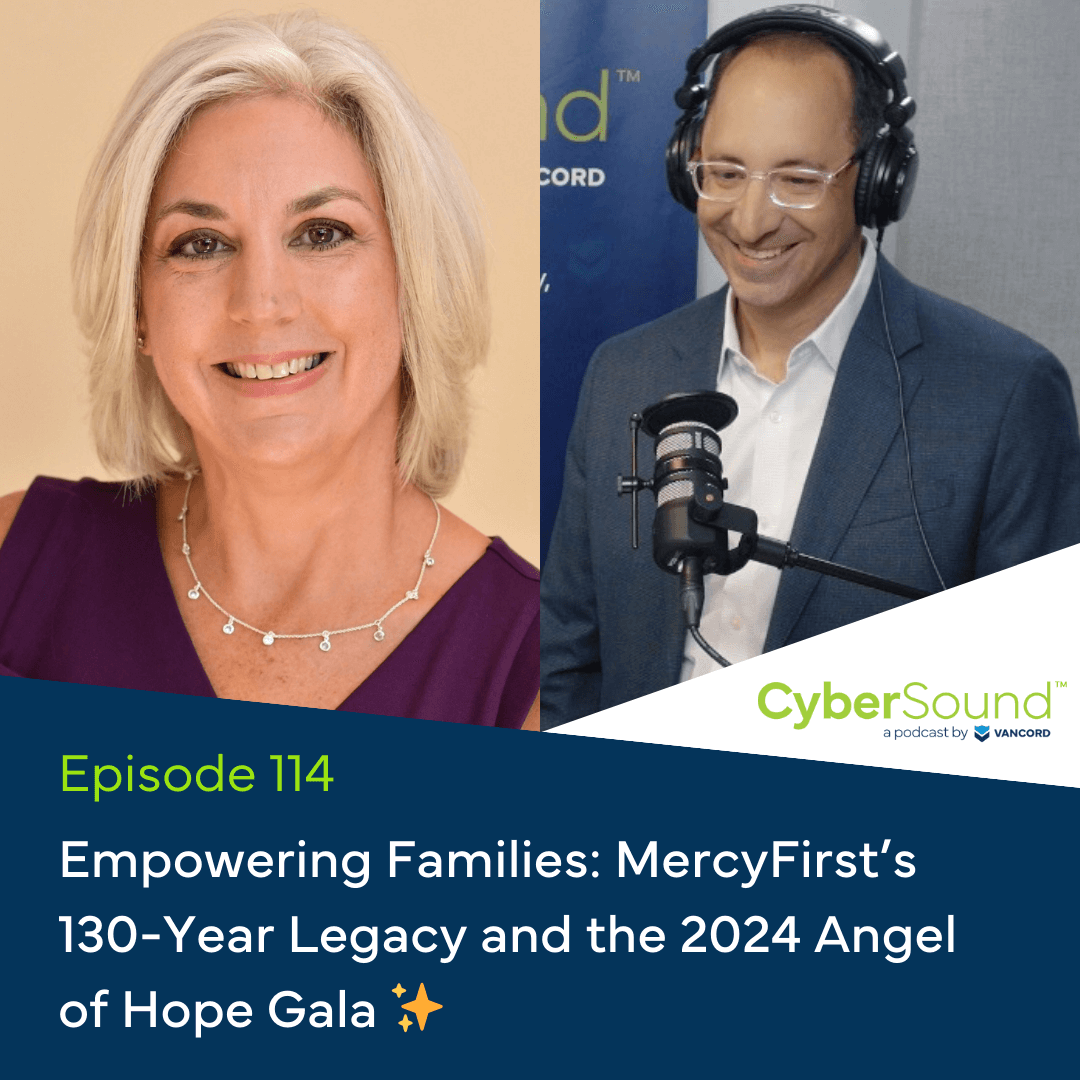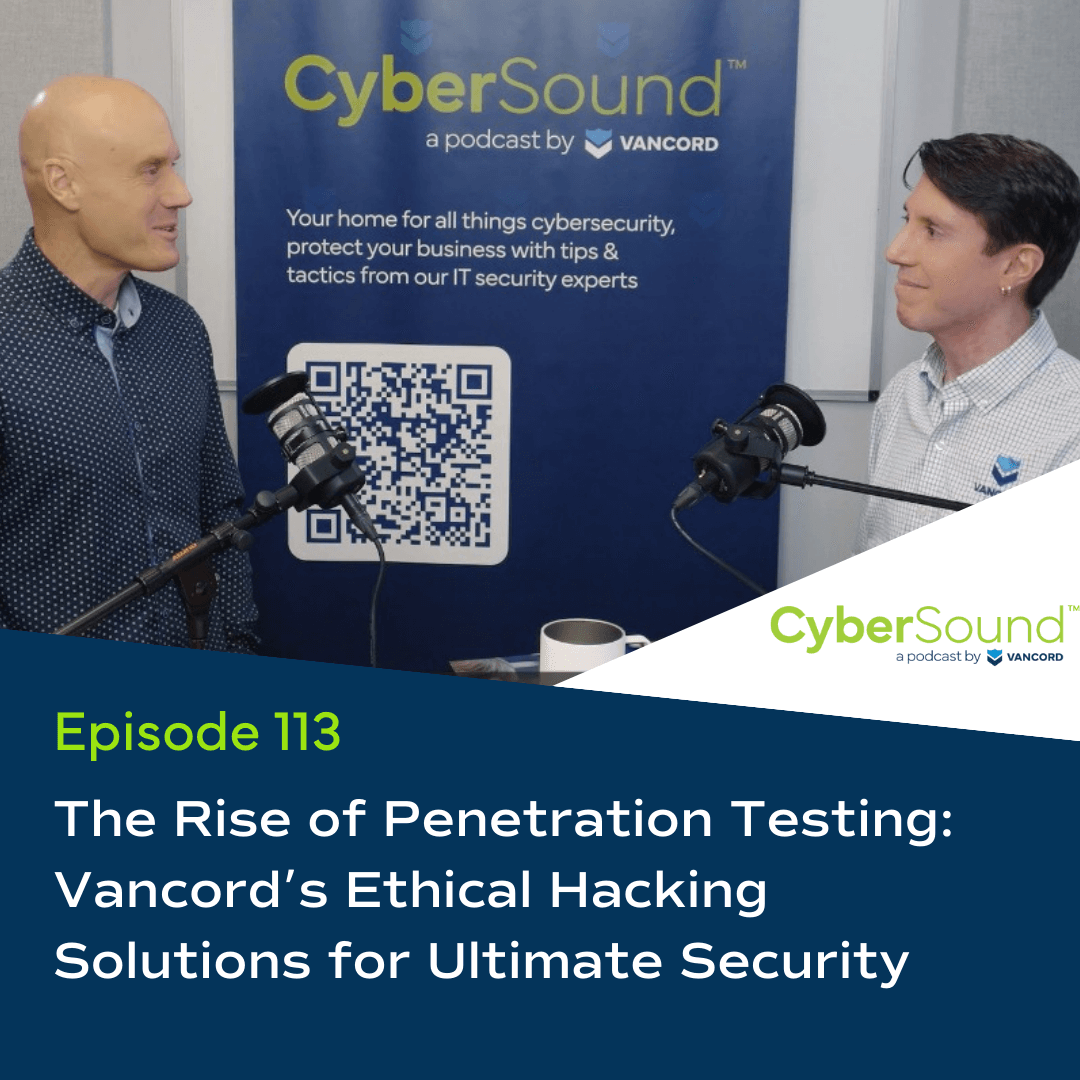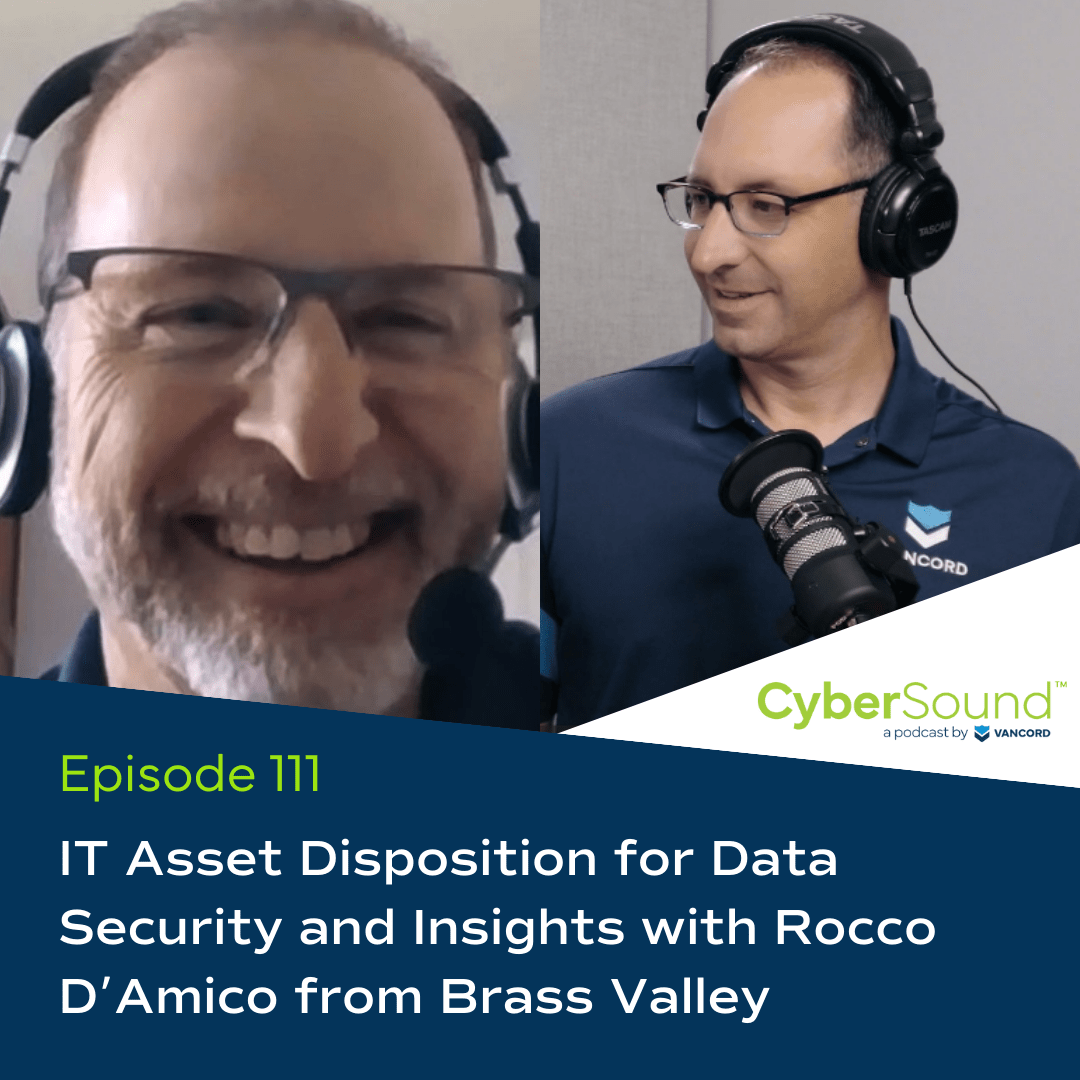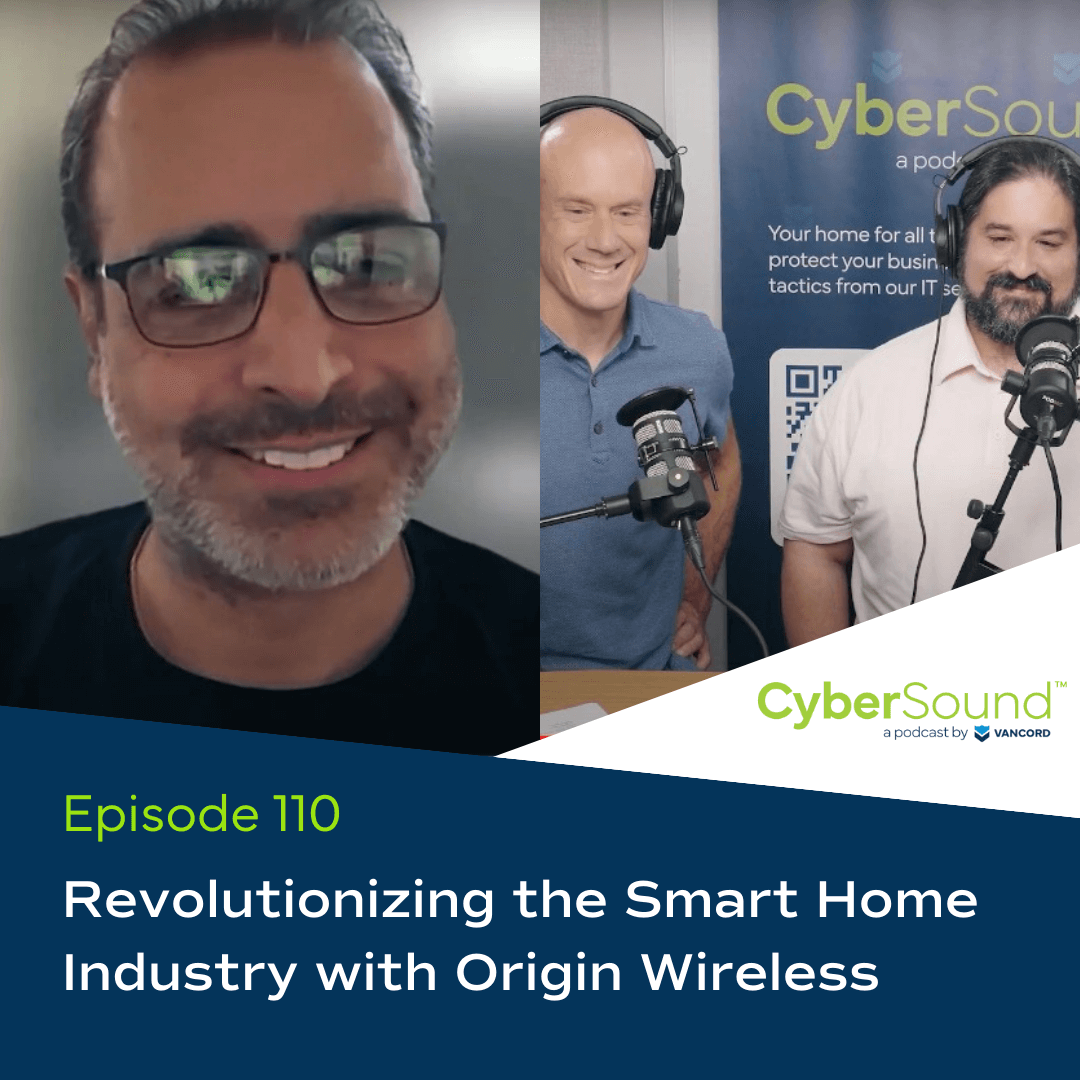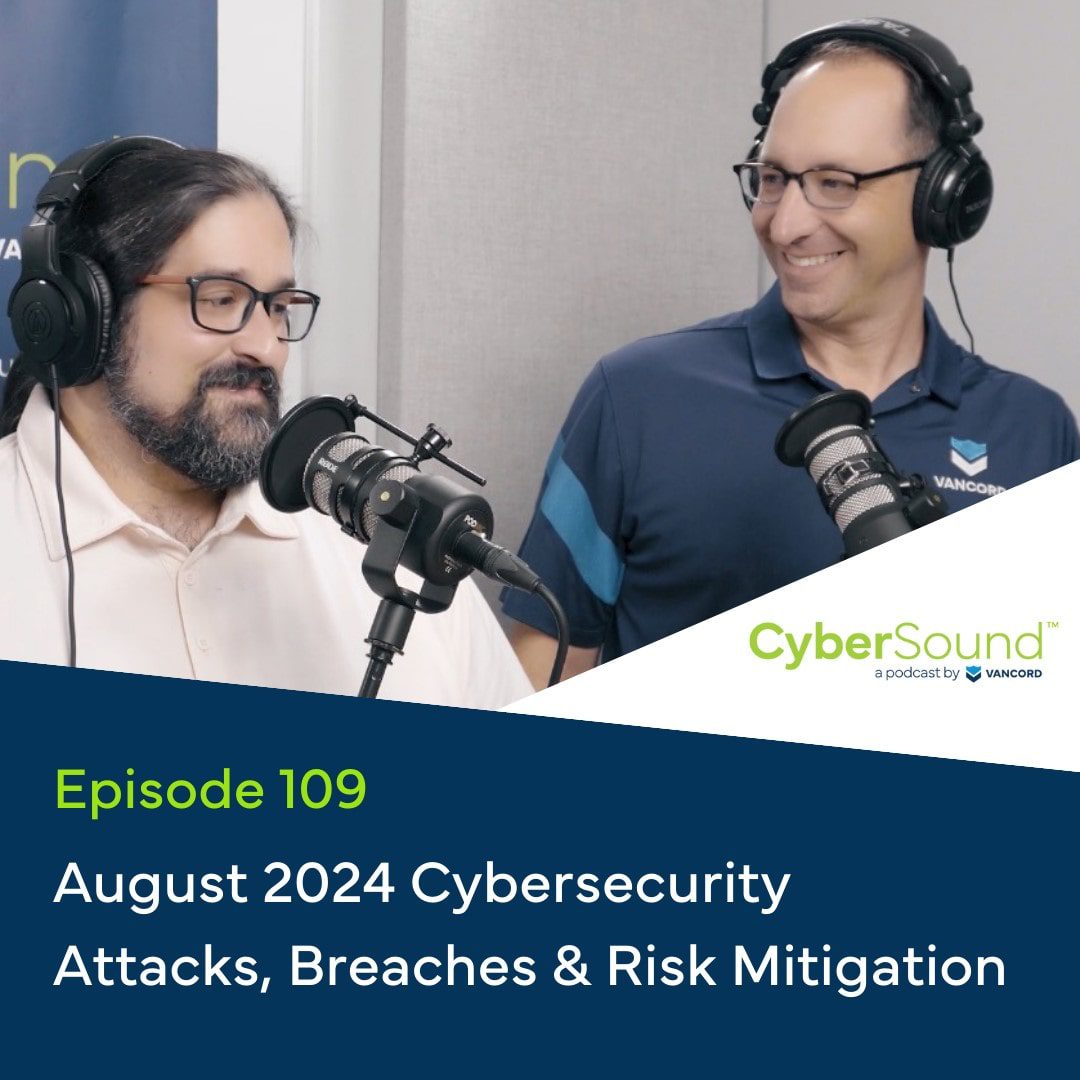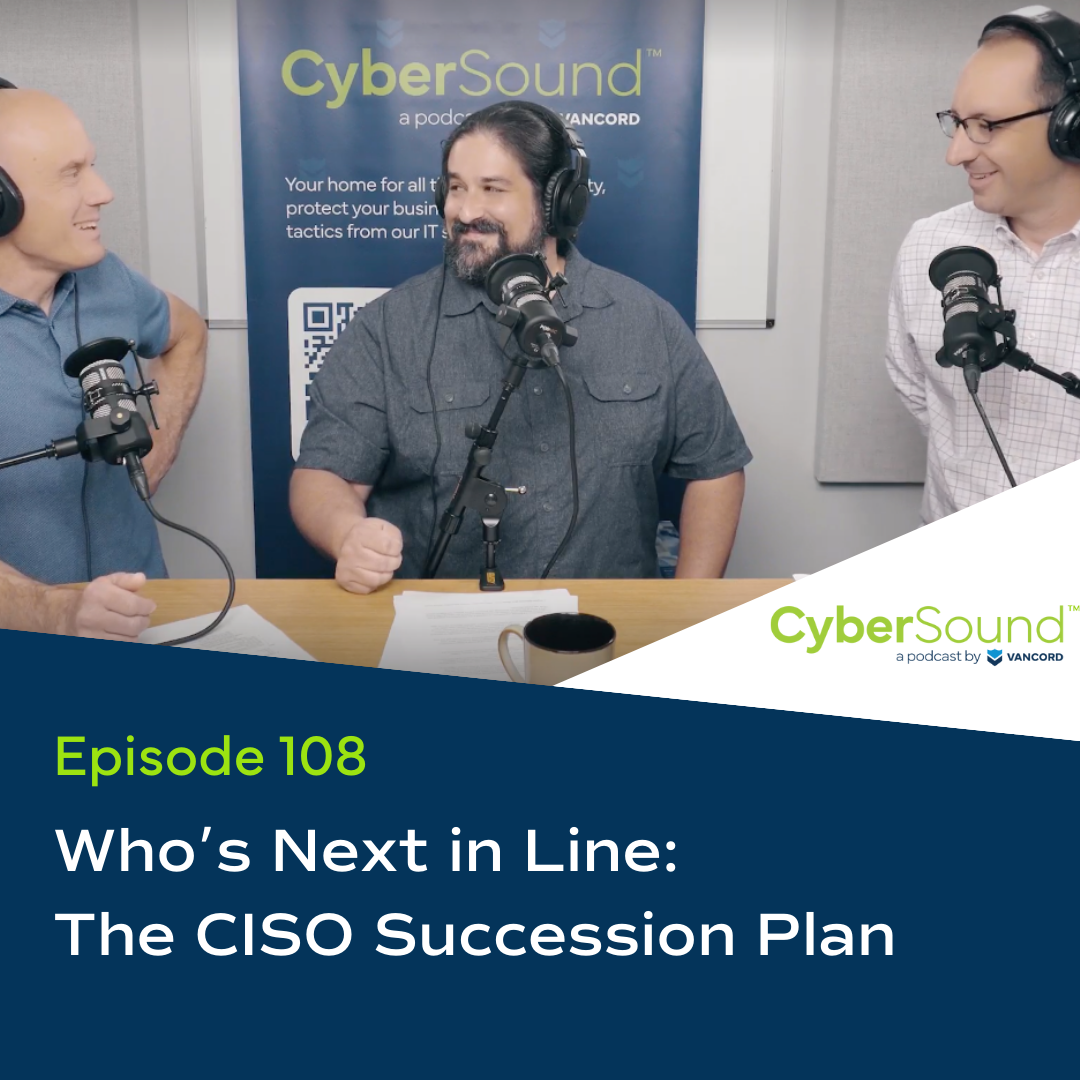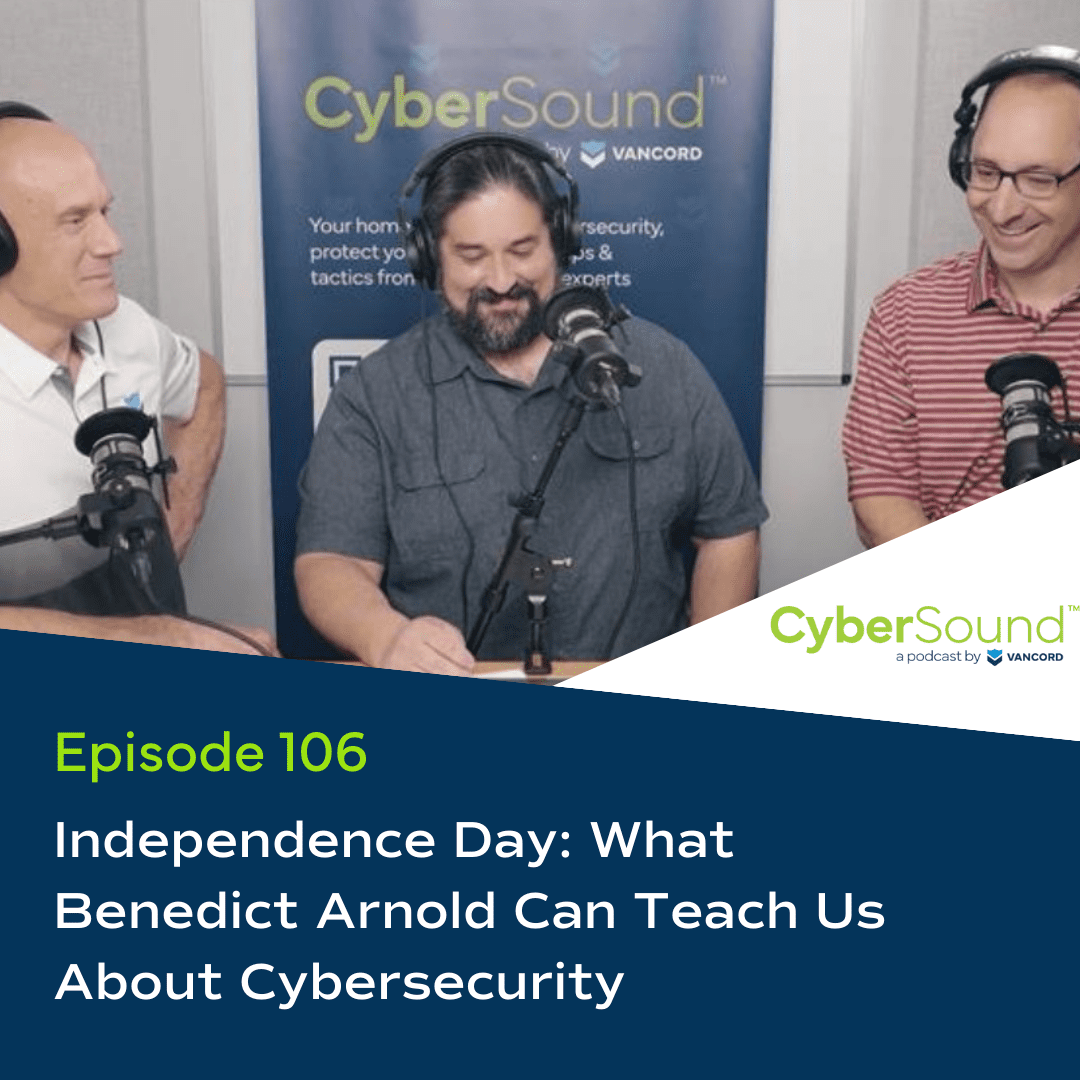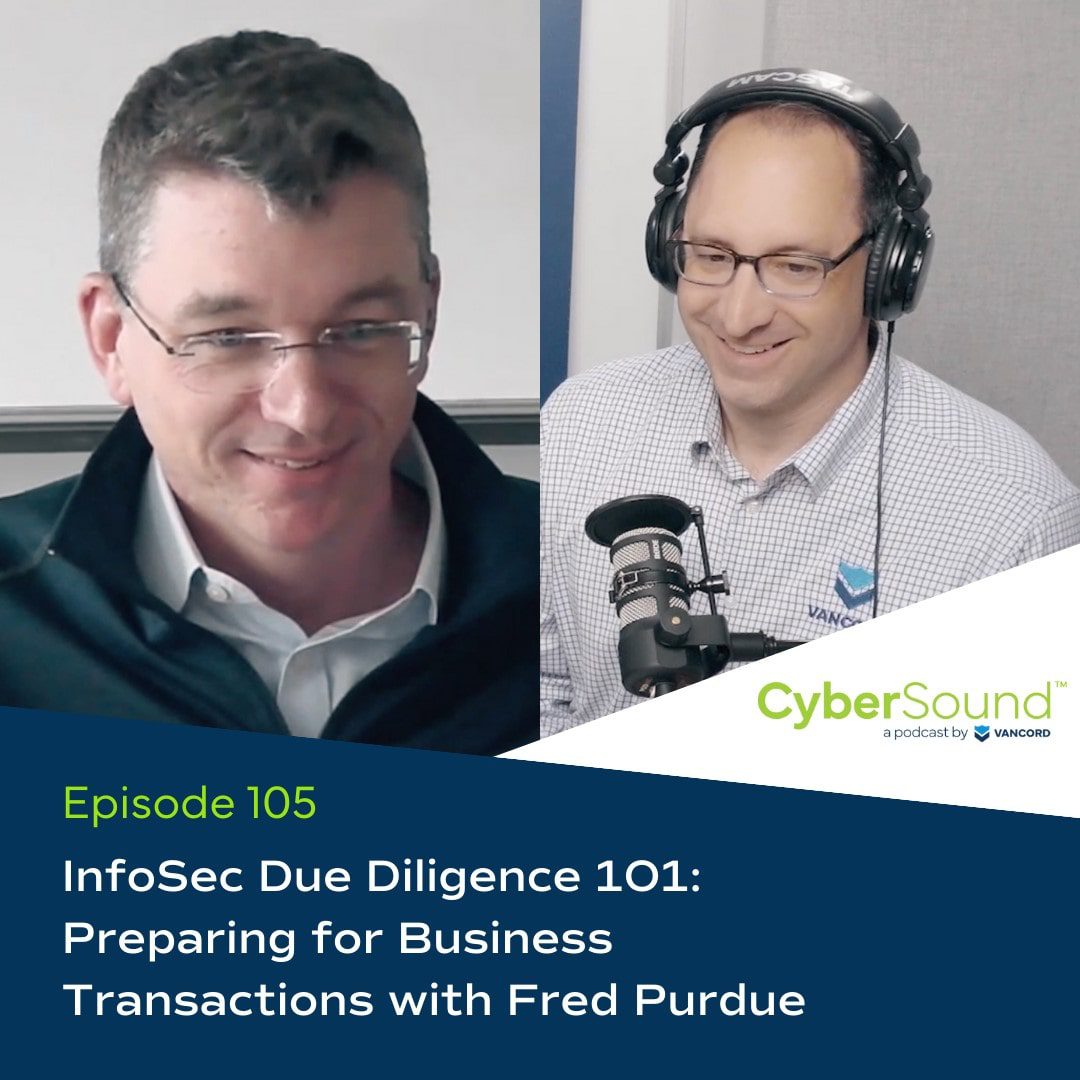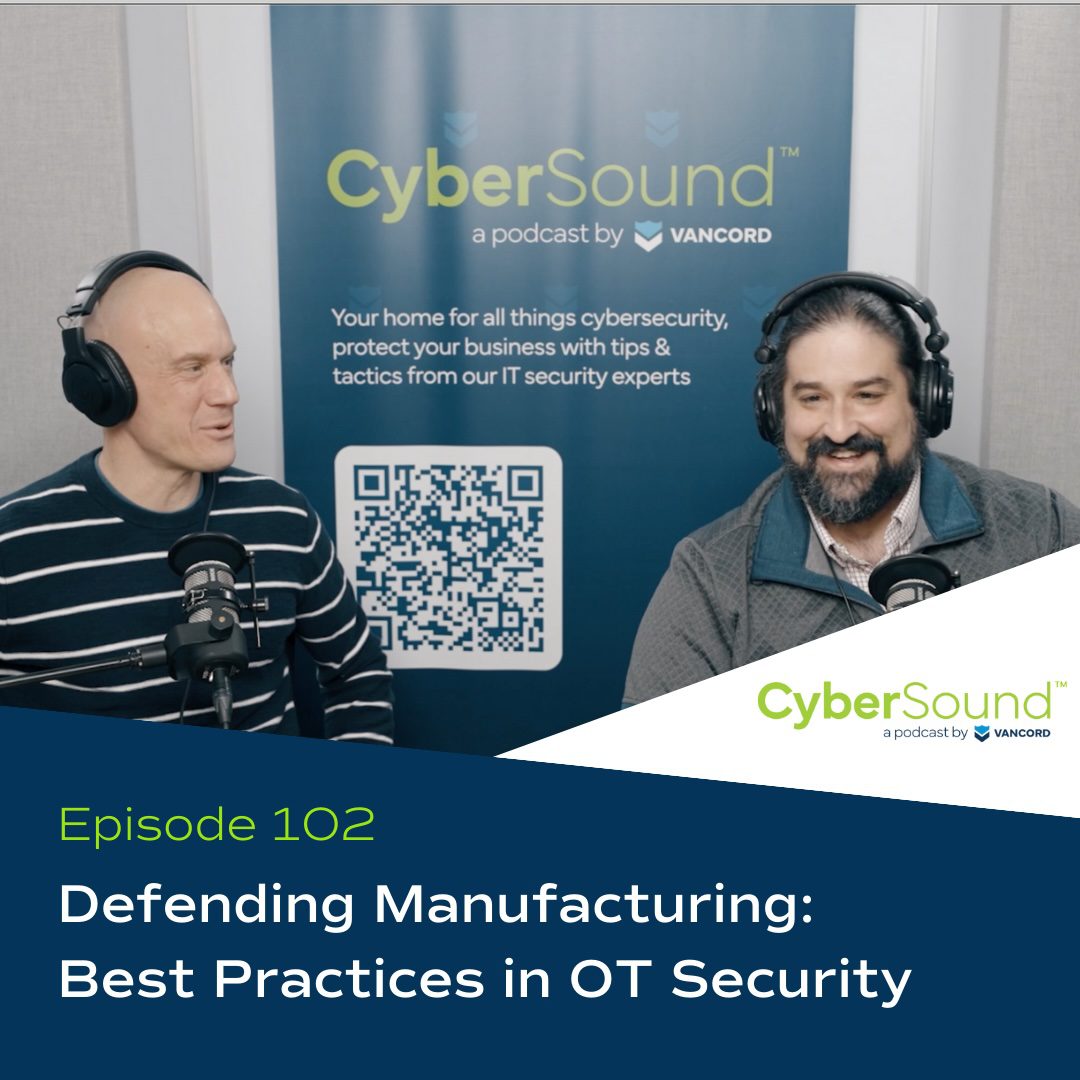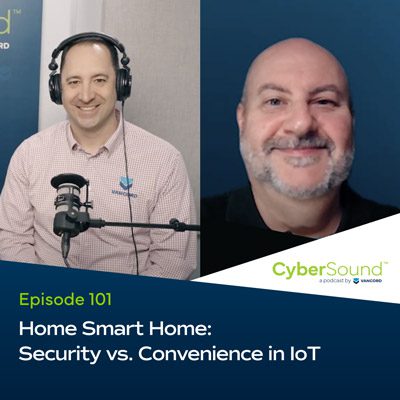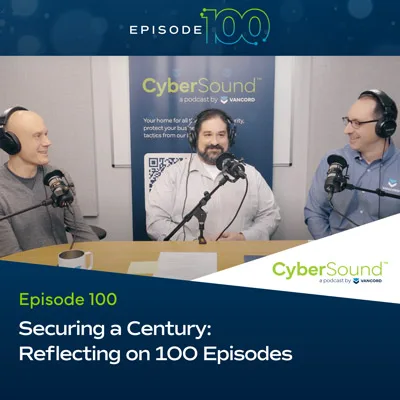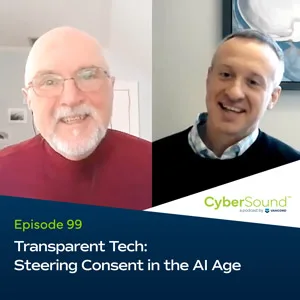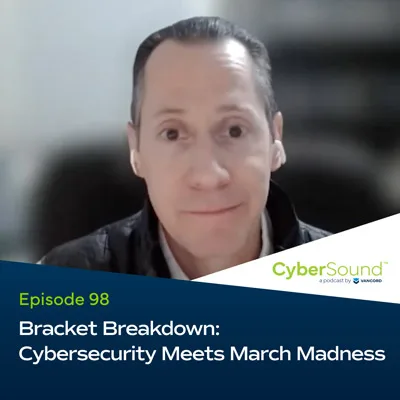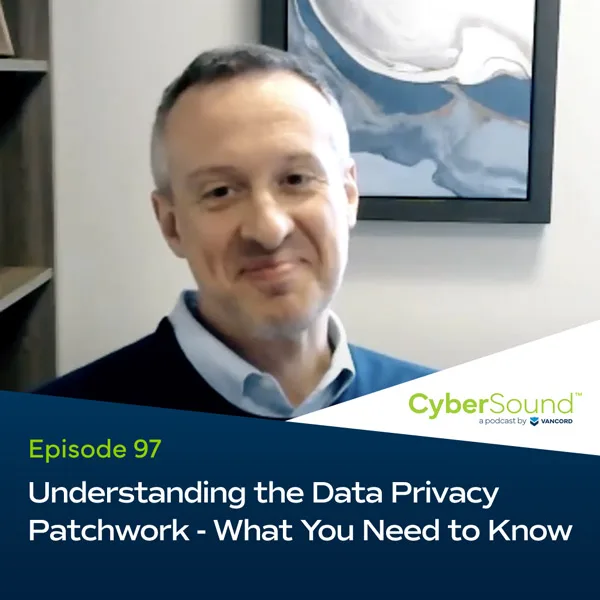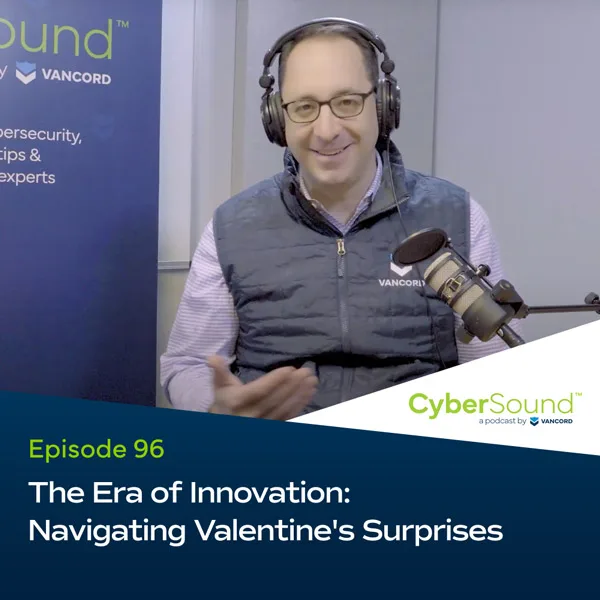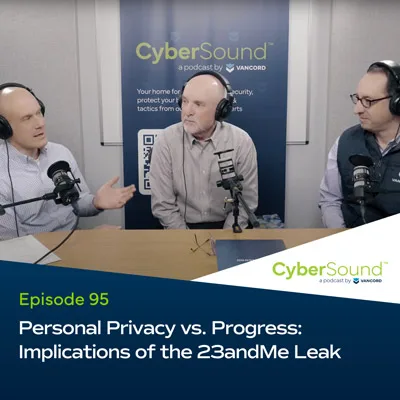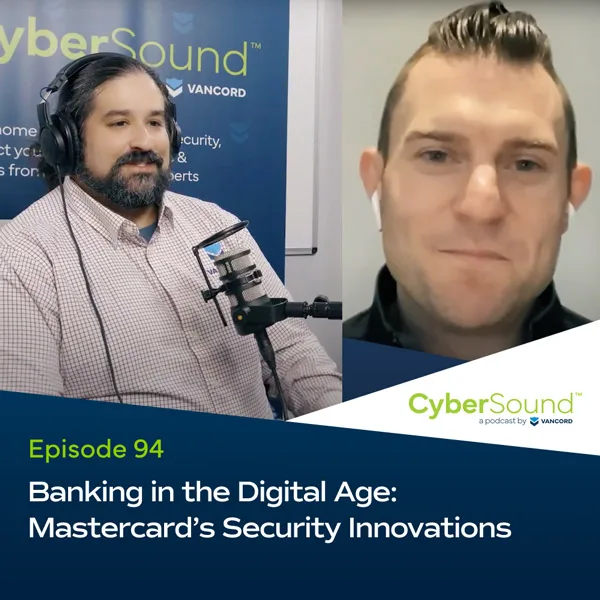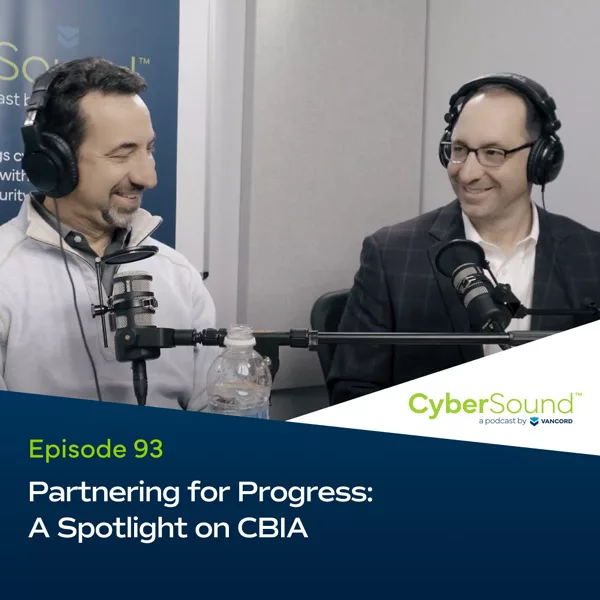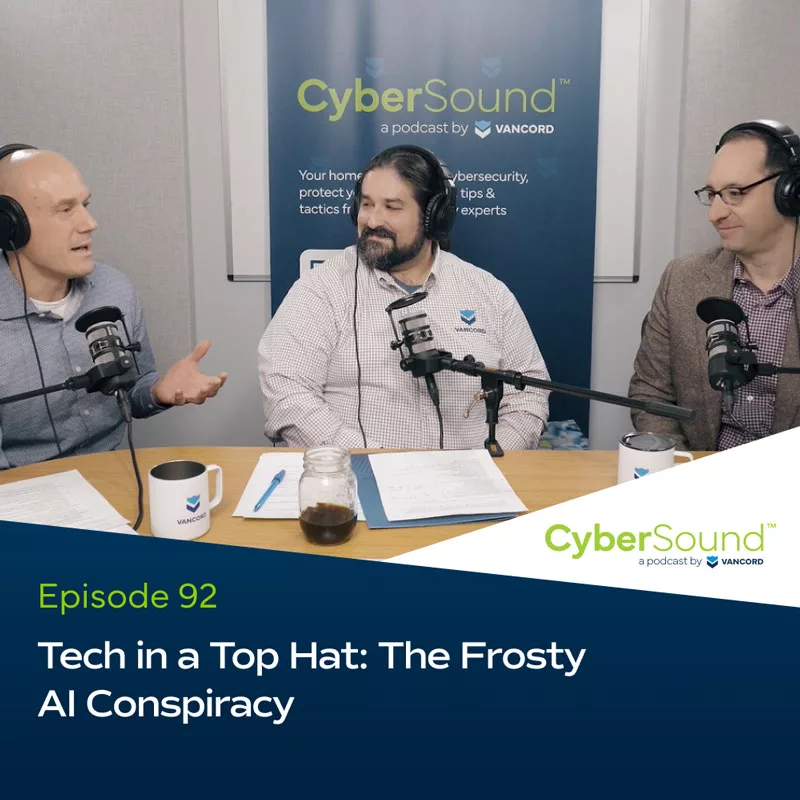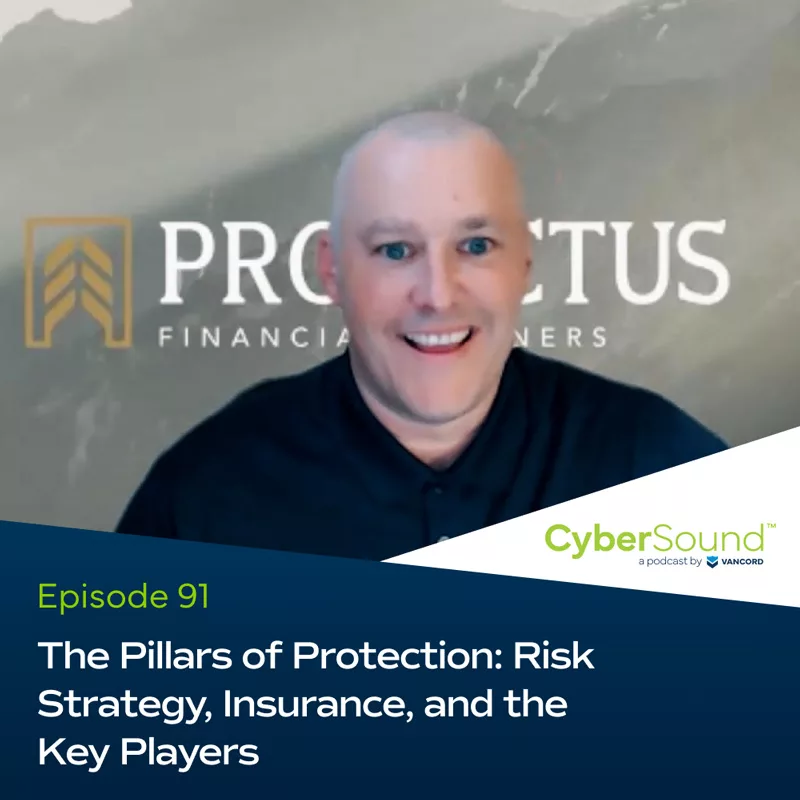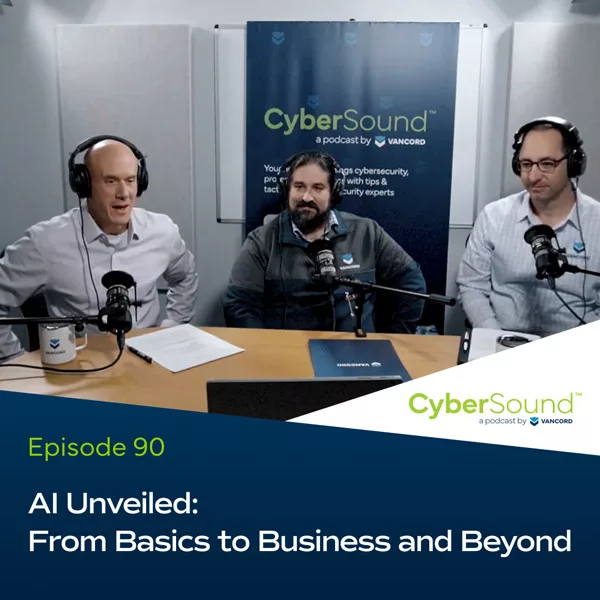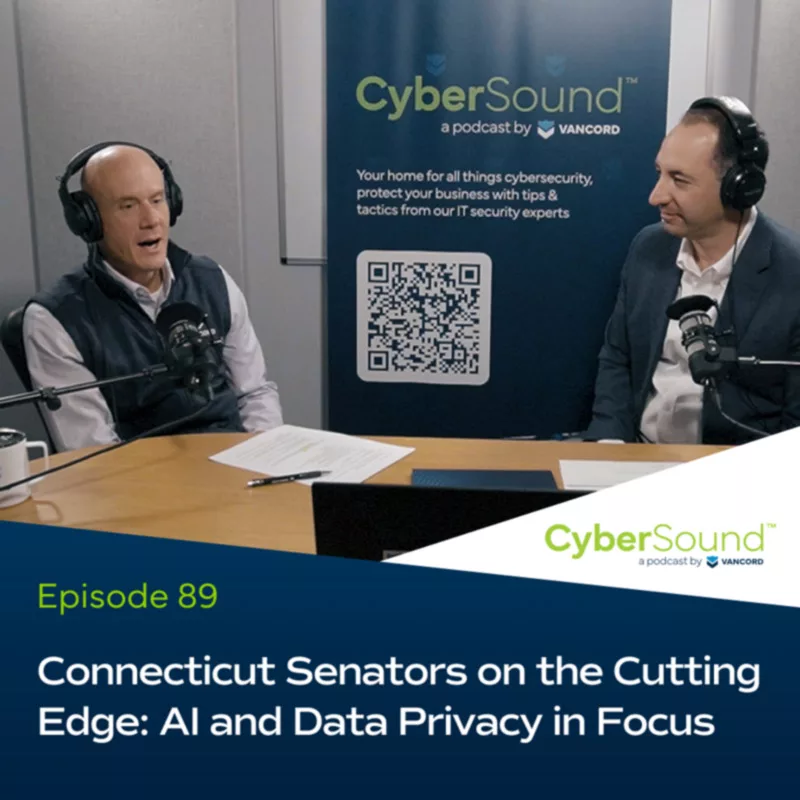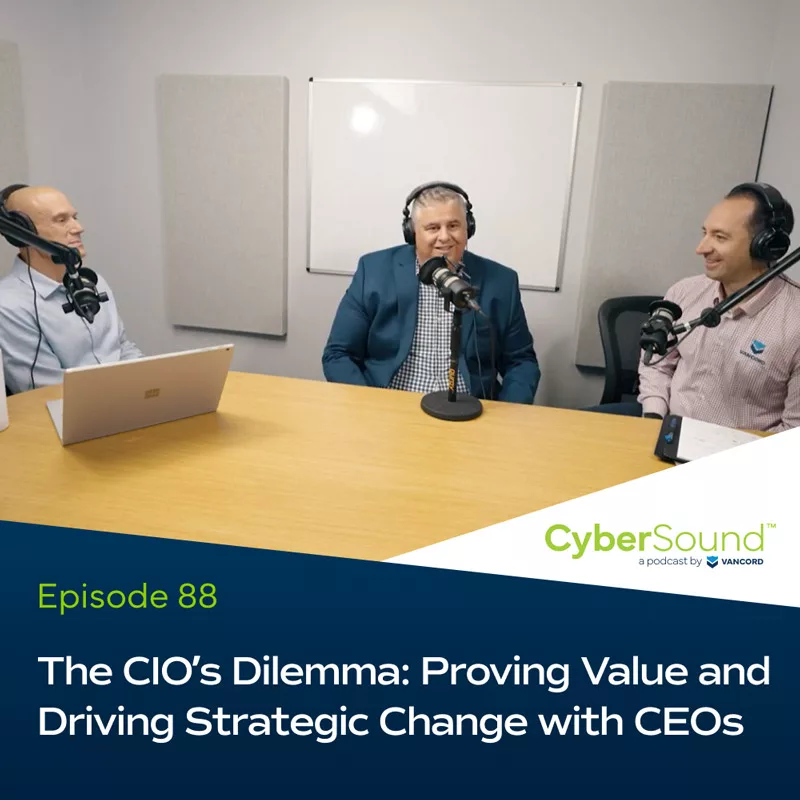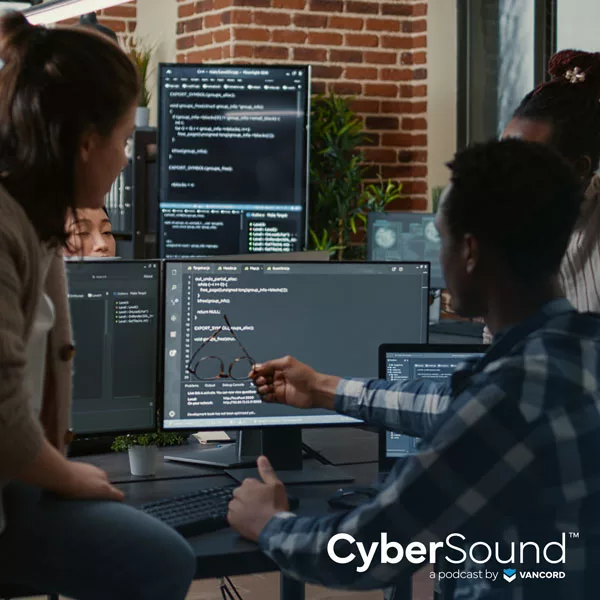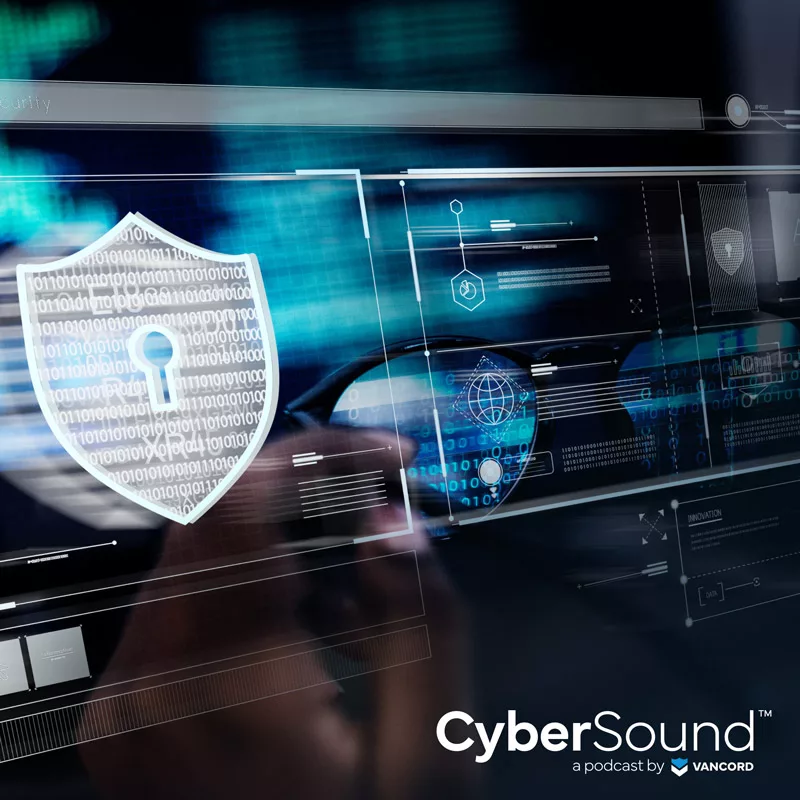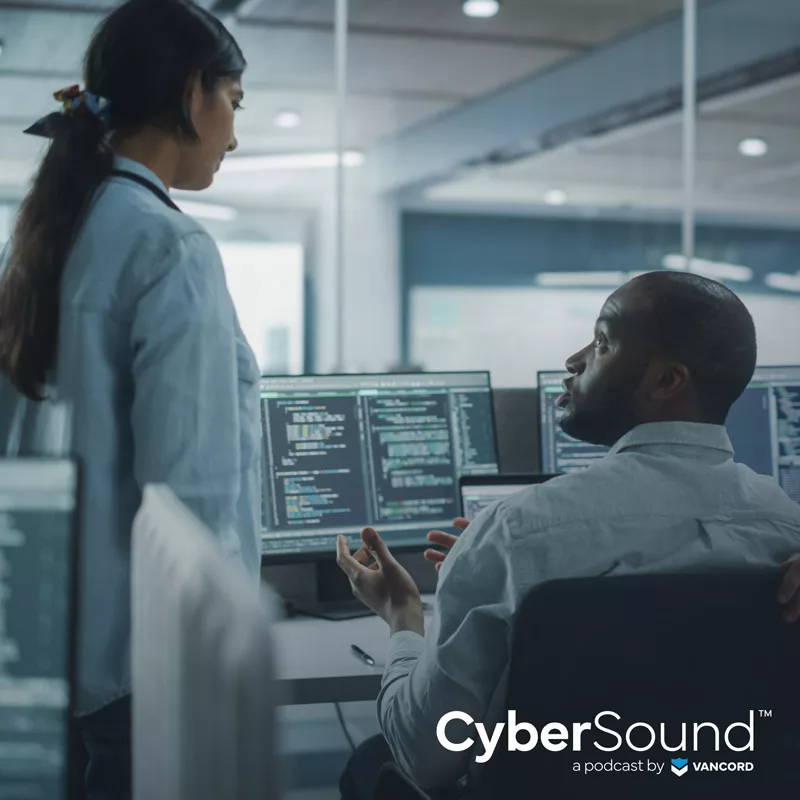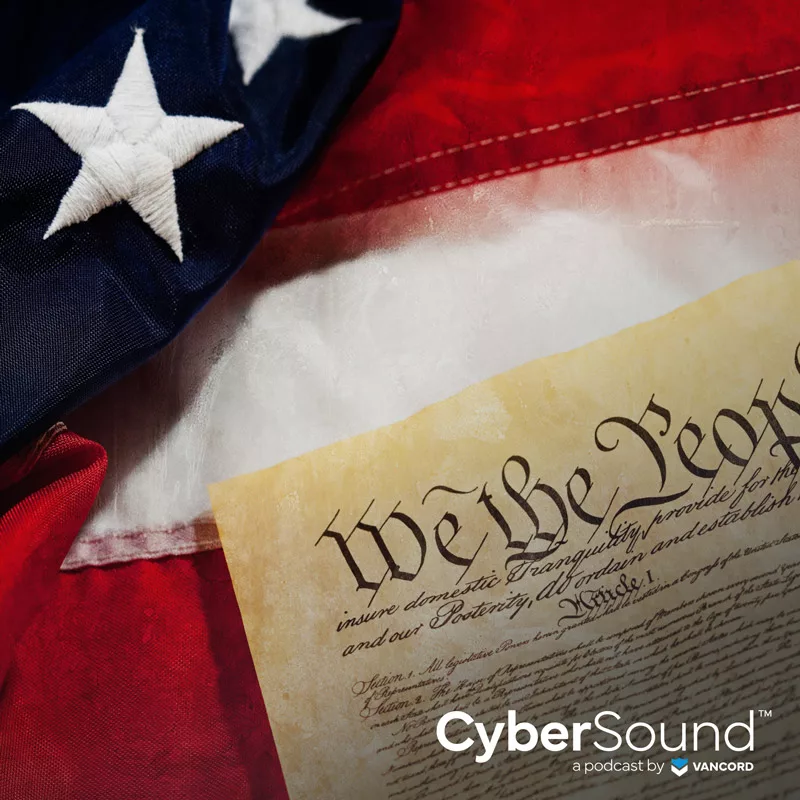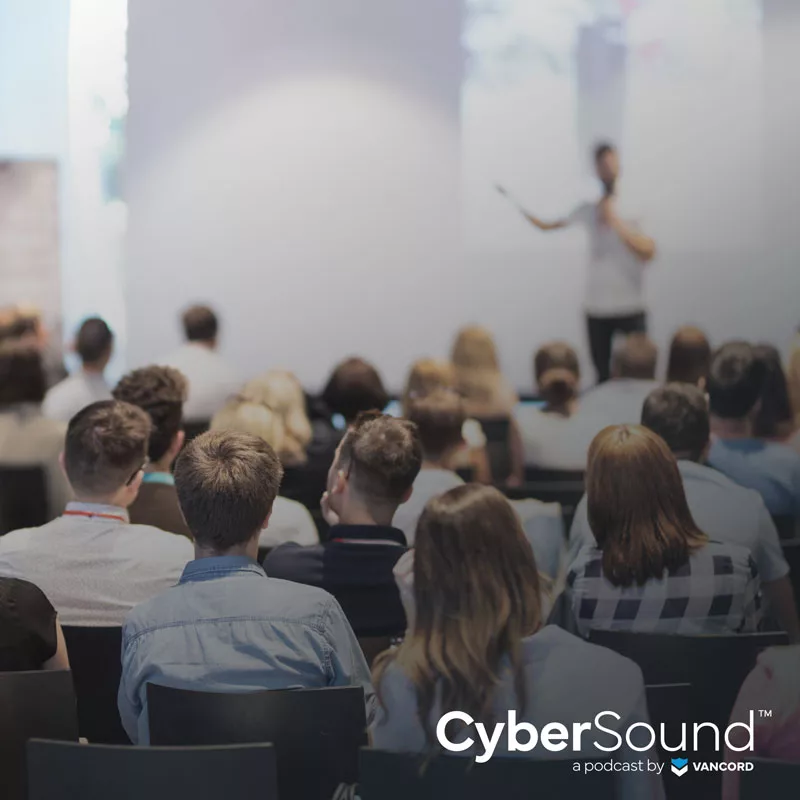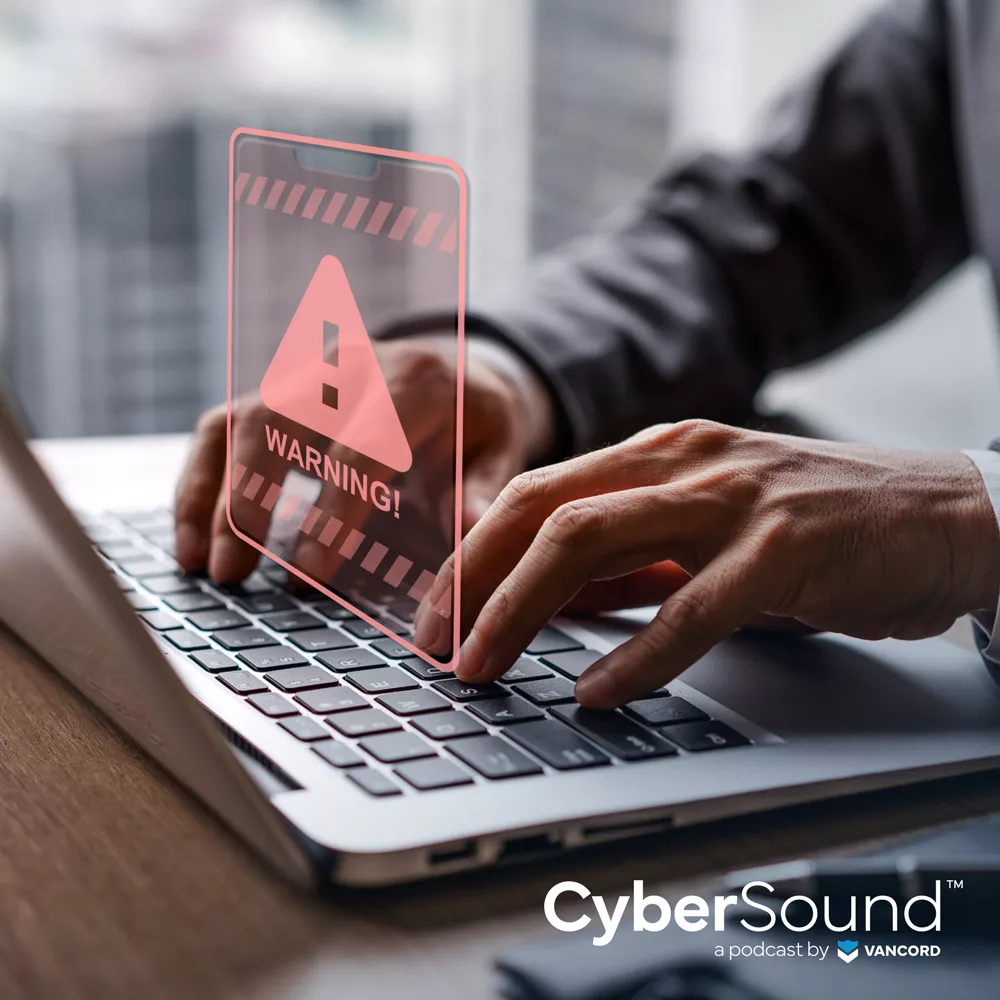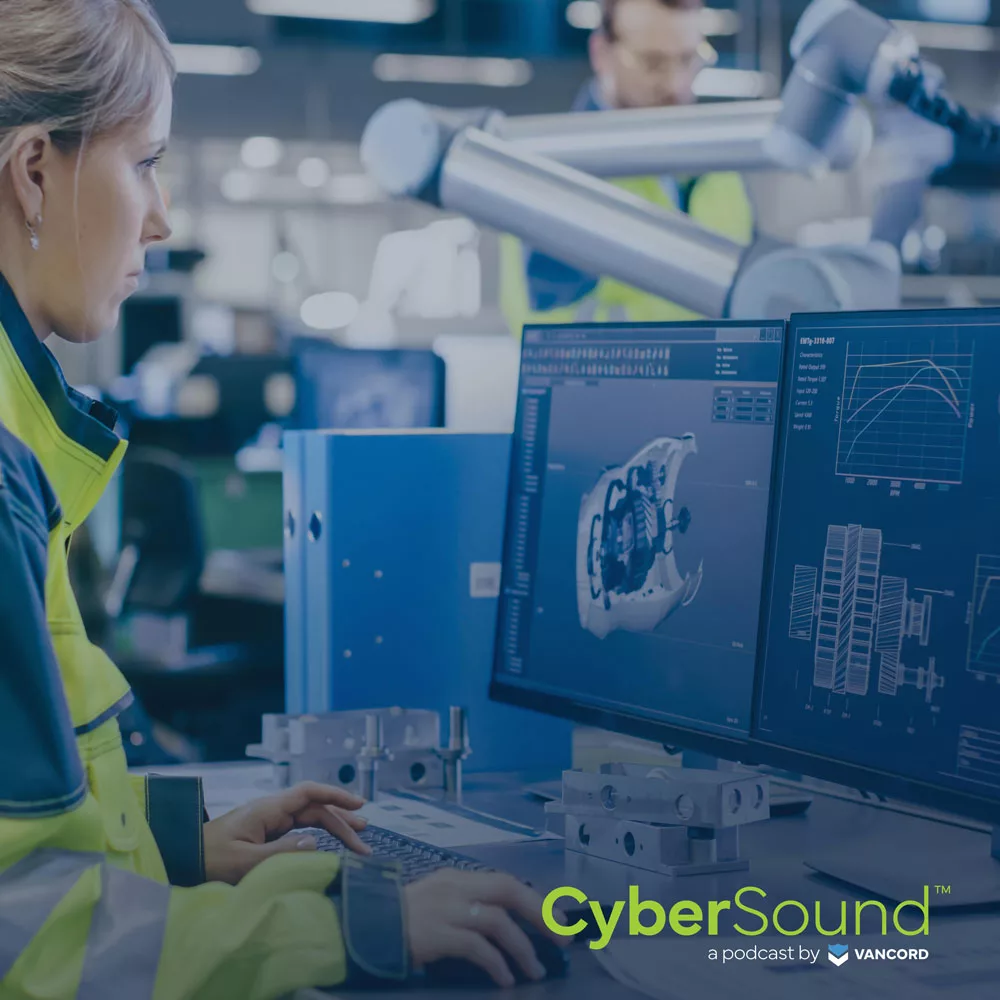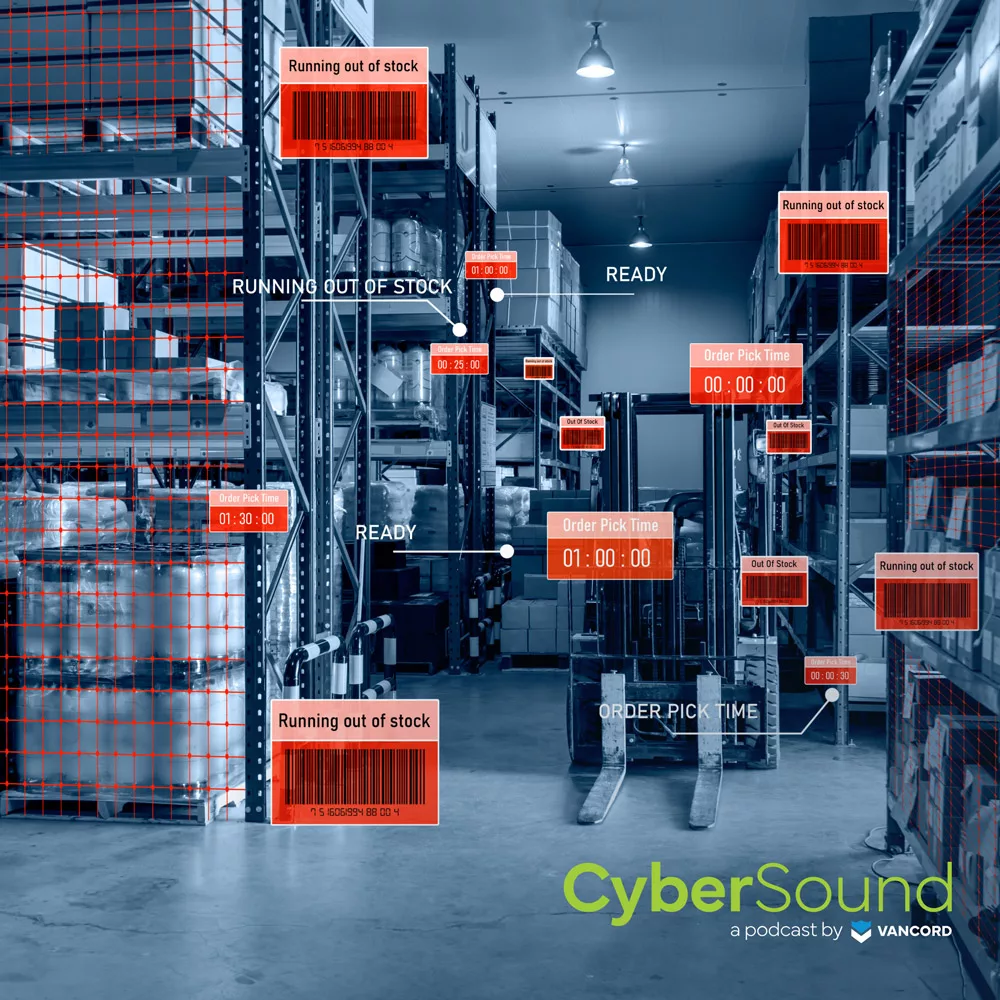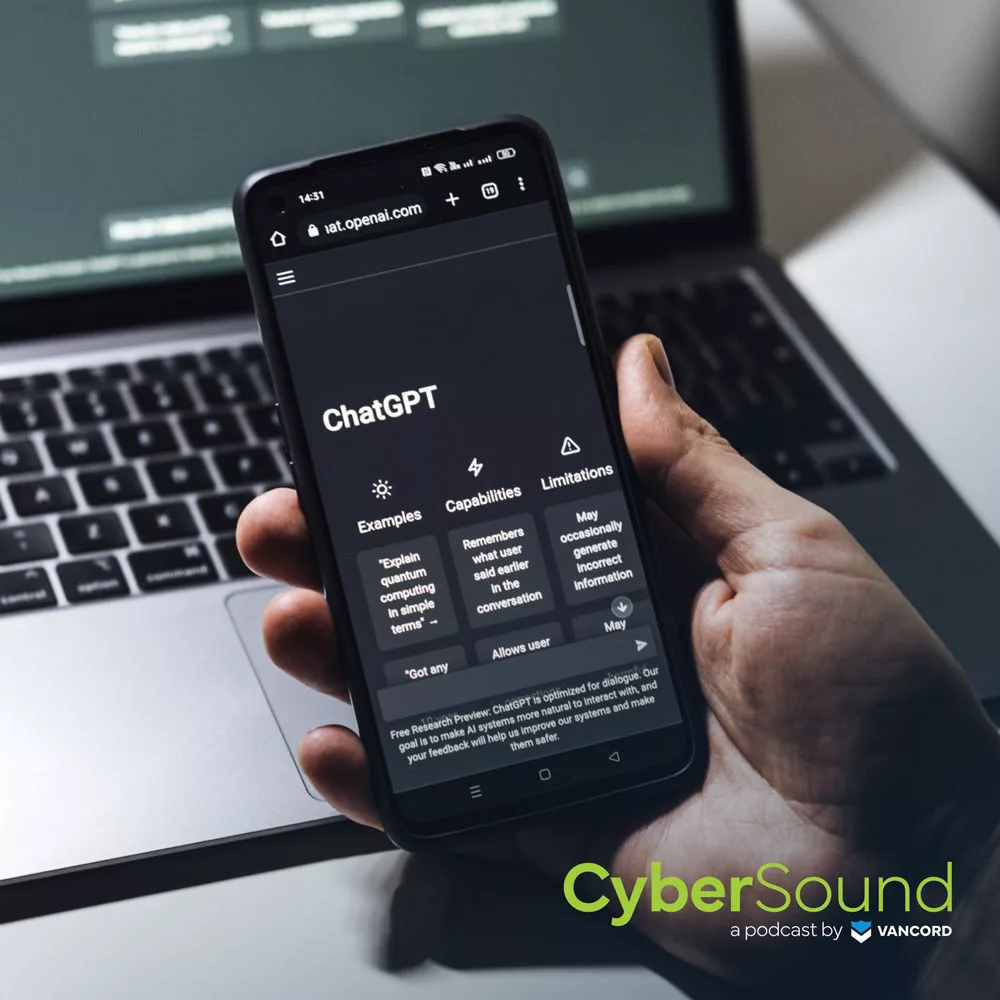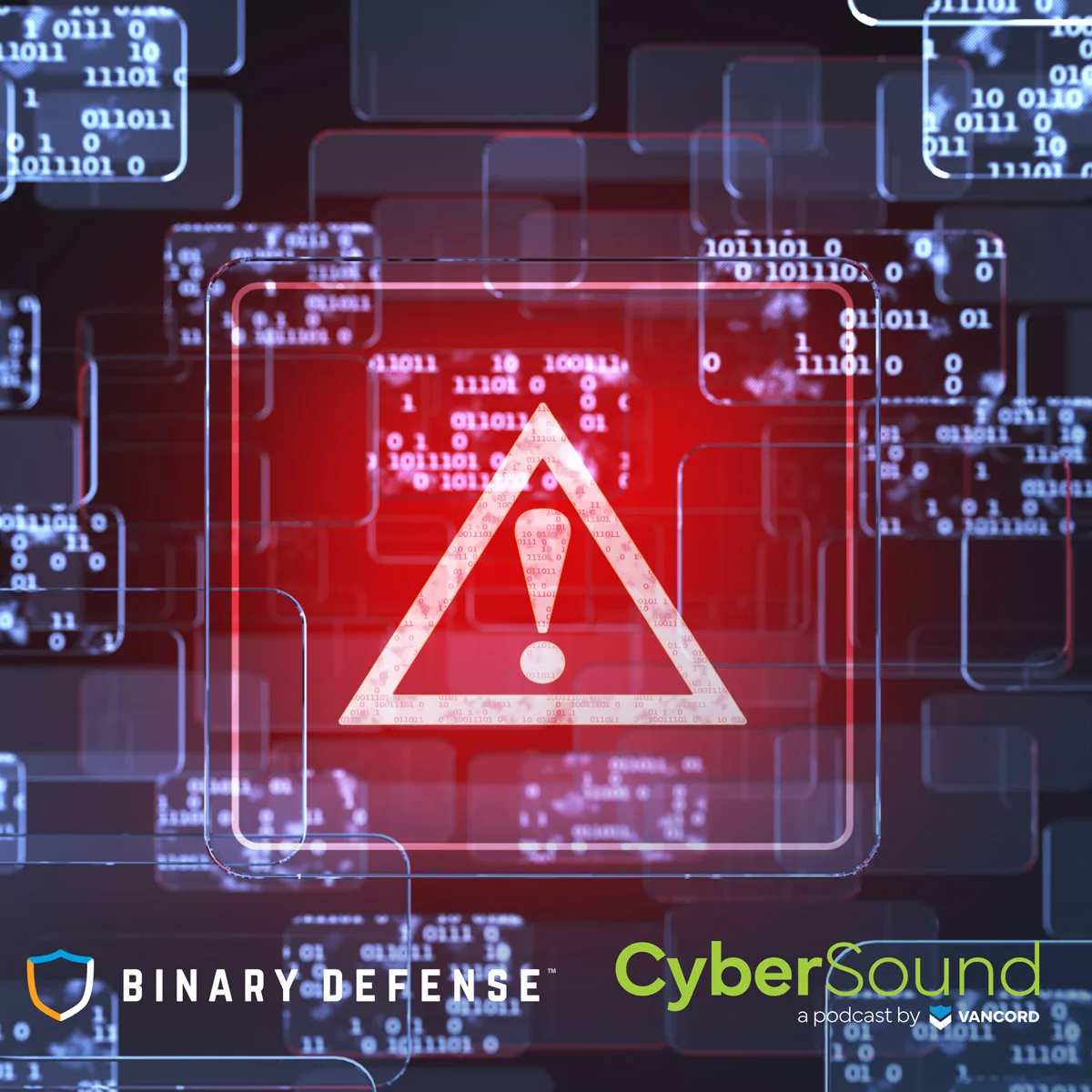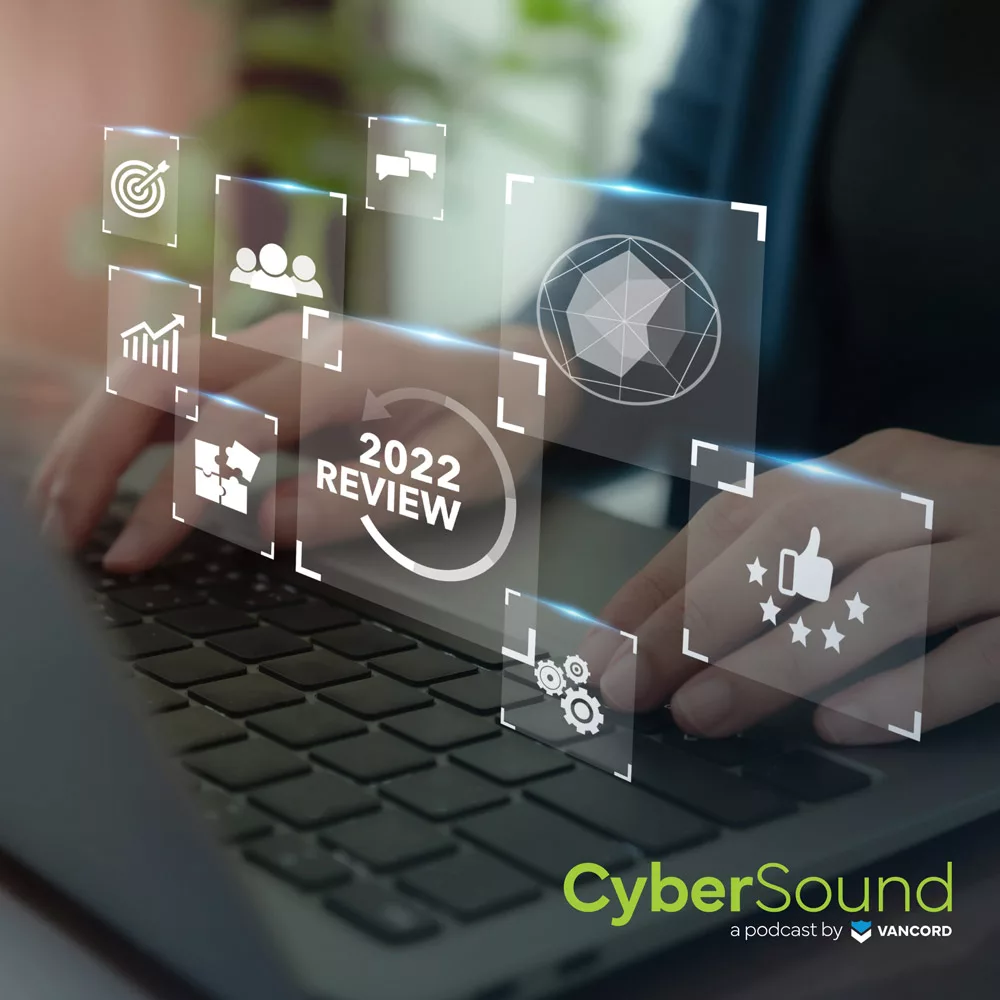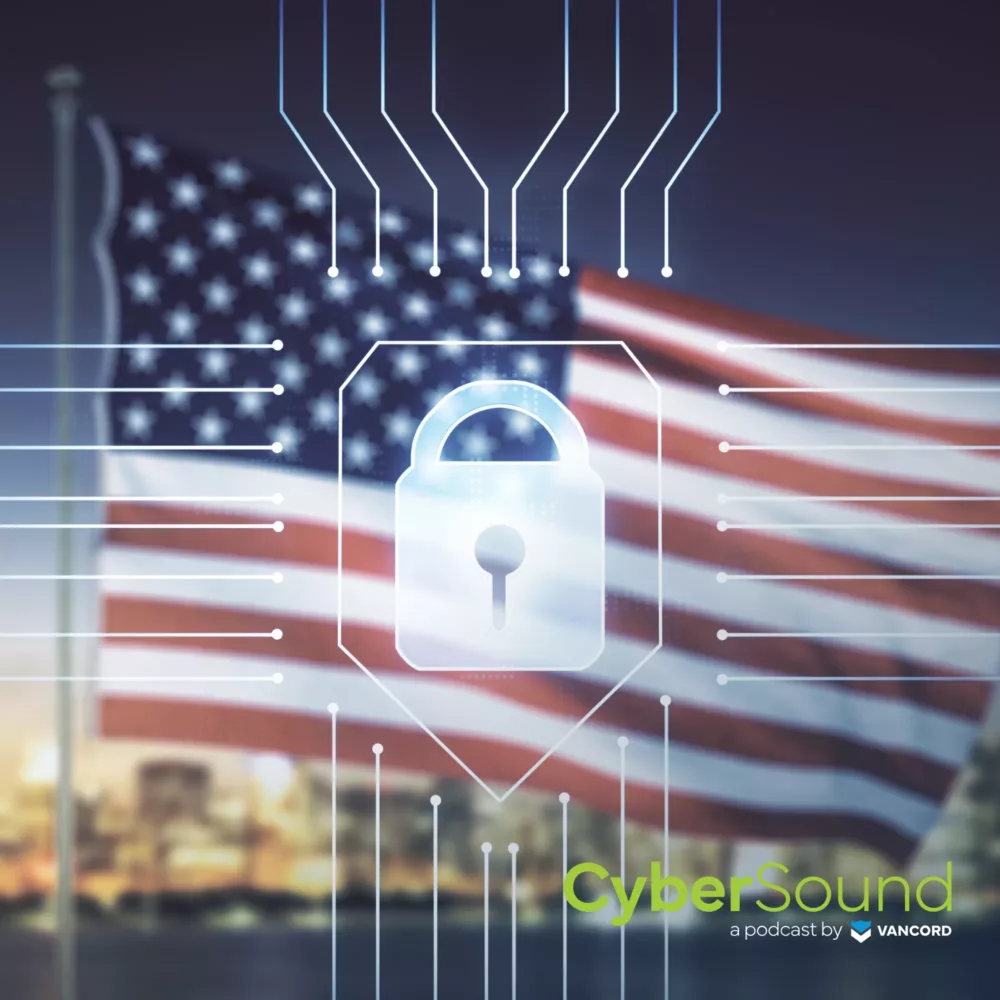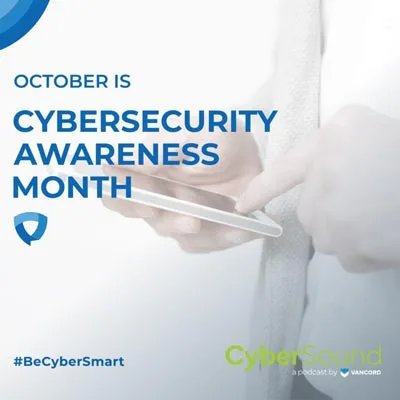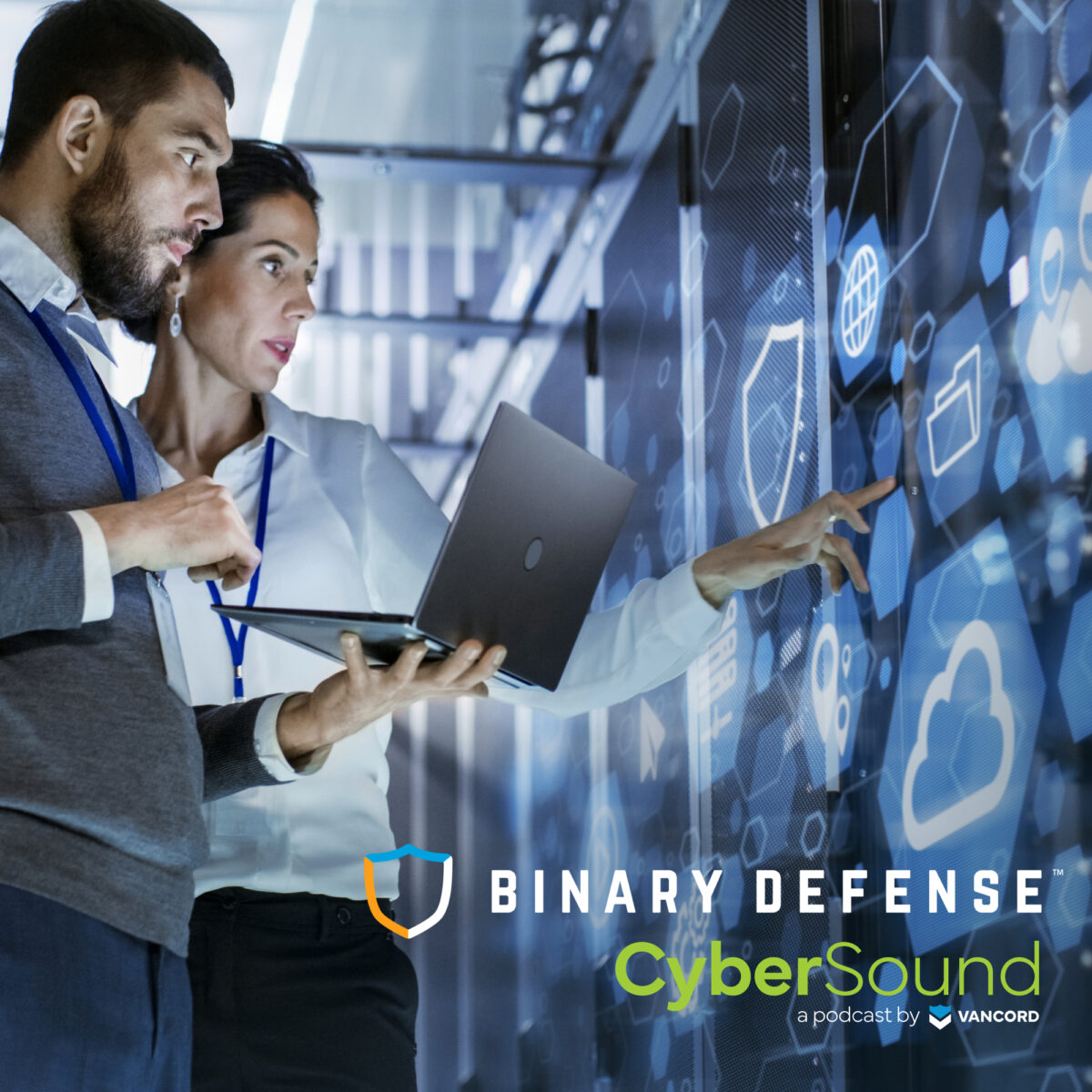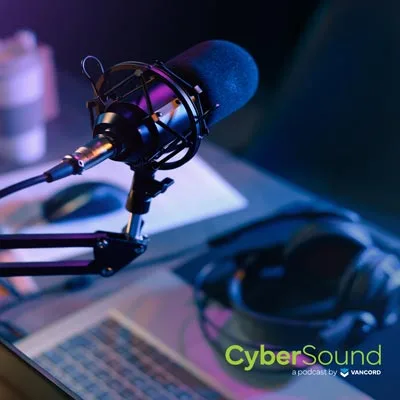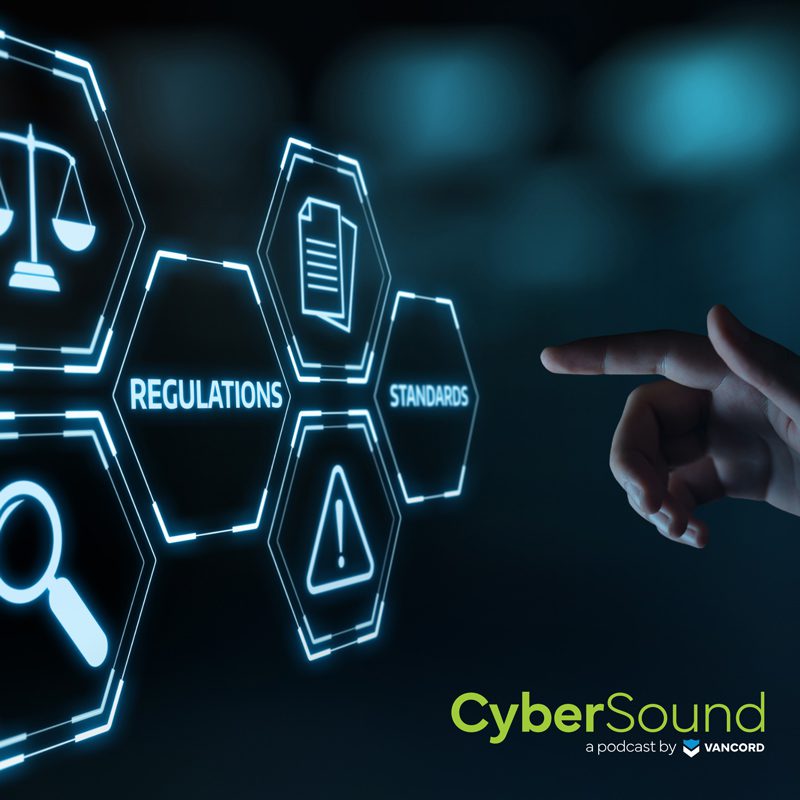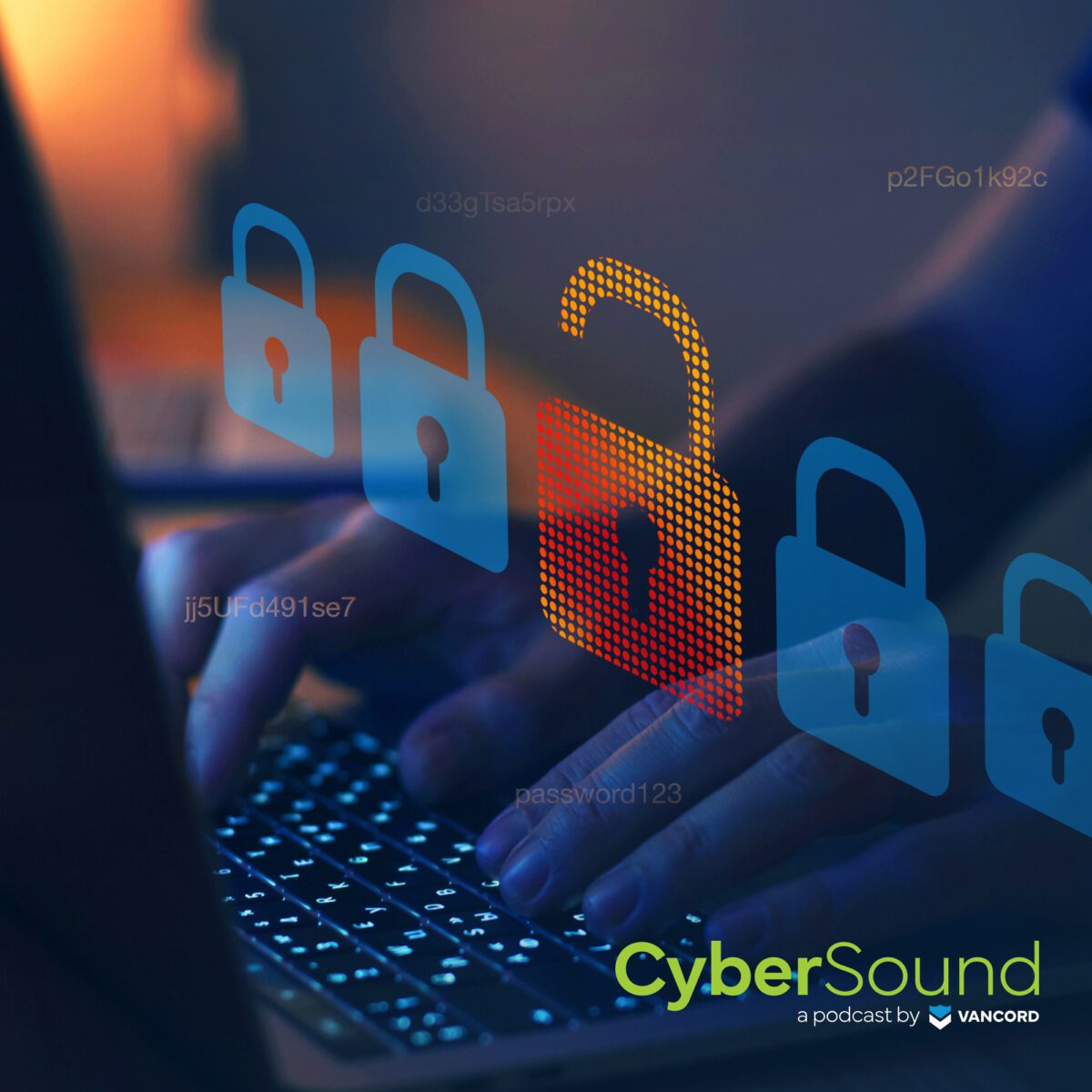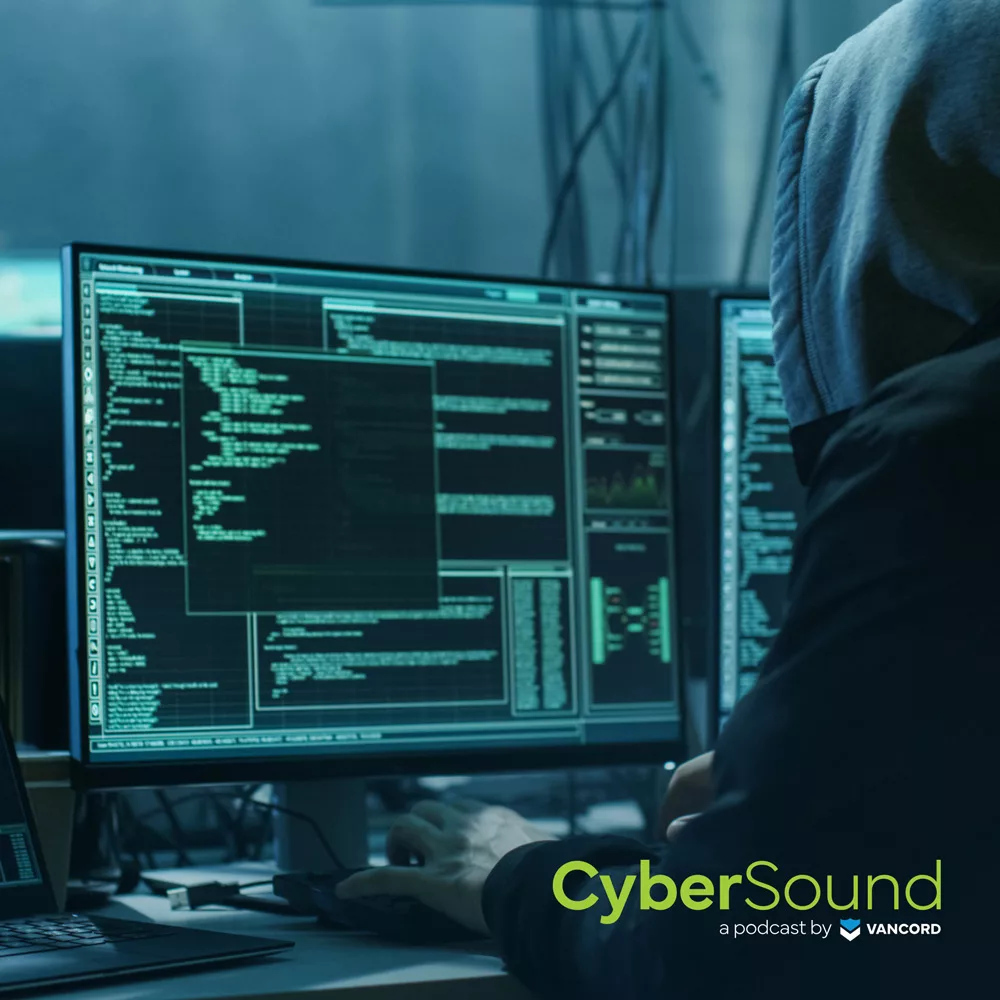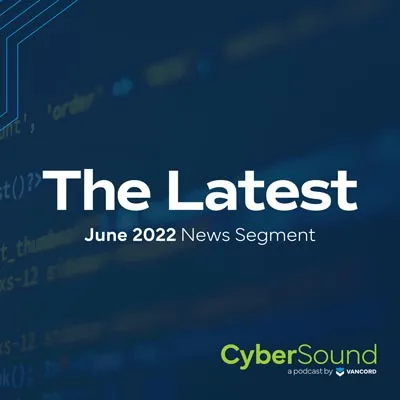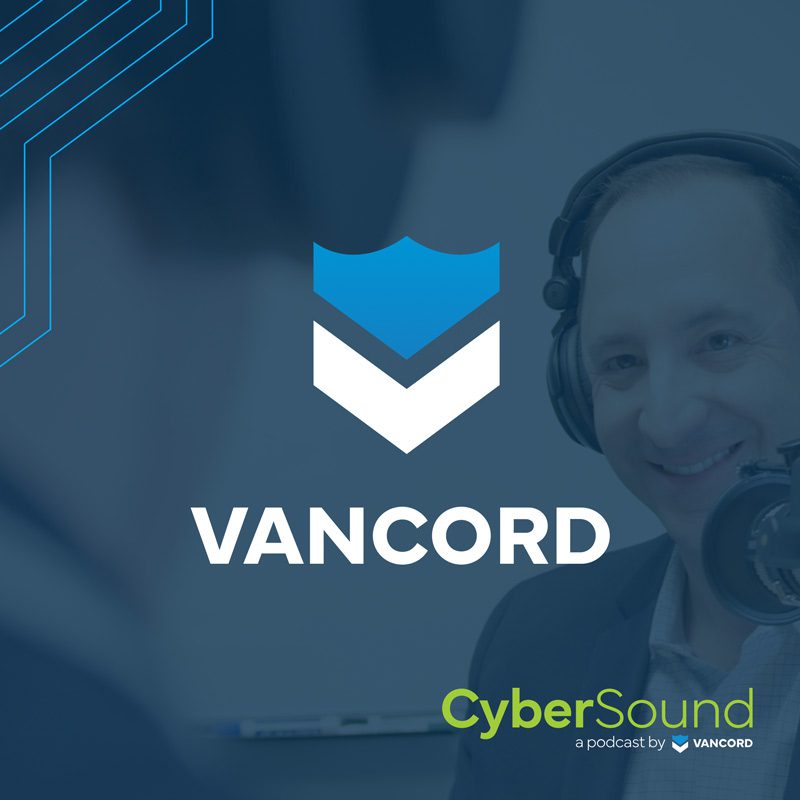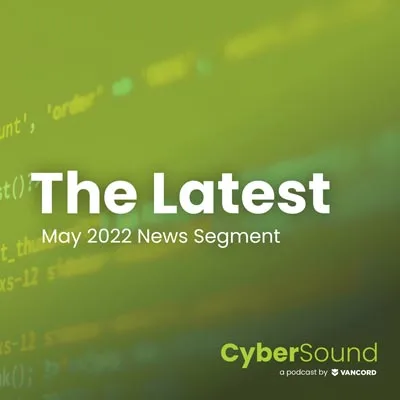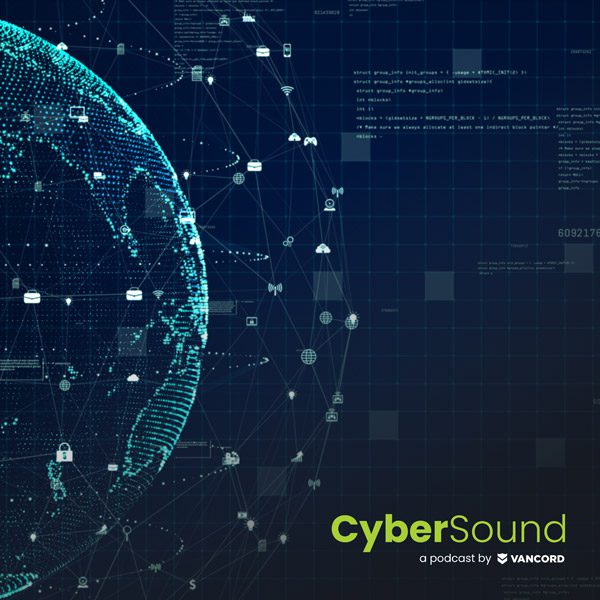Jason Pufahl 00:10
Welcome to CyberSound. I’m your host, Jason Pufahl, joined today by Steve Maresca in the studio.
Steve Maresca 00:16
Hi there.
Jason Pufahl 00:17
Michael Grande, remote, and Paul Lavoie, the State of Connecticut Chief Manufacturing Officer, also remote. Paul,Thanks for joining.
Paul Lavoie 00:25
My pleasure. Great to be here.
Jason Pufahl 00:28
So we’re gonna, we have a handful of bullets that I know that we want to cover. I think we’ll start with a topic that I’m sure we actually started this with, with baseball, right? So we’ll start with a, with a home run right out of the gate. CMMC, it’s certainly, you know, with all the news in, you know, call it the December timeframe where things were ratified. And we’re seeing more, we’re certainly getting more conversations relative to, you know, smaller manufacturers that maybe feel underprepared some that probably have done a lot of work and really are now trying to get to the point of being audited. I’m curious what your perspective is about the state of CMMC relative to Connecticut manufacturers?
Paul Lavoie 01:16
Yeah, absolutely. So we’ve been encouraging manufacturers to go through the certification process for years. We,through the Manufacturing Innovation Fund, we’ve provided small grants. We provided a $10,000 grant for people to get an assessment done, or just least understand where they are, and for them to be able to build out some kind of action plan. And it’s been really slow to adopt. And we just hosted NASA recently here, here in Connecticut, at the University of Hartford. And NASA brought in all of their primes, so SpaceX, Boeing, you know, all their big primes. And the primes basically said we won’t do business with anybody, unless they’re level one CMMC. And so it kind of a light bulb kind of went off in our head that said, you know, “this is going to be a very if it isn’t already a big problem, it’s going to be a big problem.” And so what we did was, at our last Manufacturing Innovation Fund board meeting, we changed our program to a CMMC, excuse me, cybersecurity adoption program, where we added an additional $25,000 in grant funding for companies to be able to get to achieve this certification. So now I was in an event this morning, and we were talking about the certification, and, you know, the horse has left the barn on this. This isn’t a, you know, this isn’t a, I think I might have to do it. This is a survival tactic. If you don’t do it, you’re not going to survive. And, you know, you’re not going to be able to be doing any kind of significant business with the Department of Defense. So, so, yeah, it’s, it’s a big issue. I think it’s slow, slow to adopt. A lot of that slow to adopt is because the rules haven’t really been set, right. So, you know, all the changes that come out of the DOD and in the government as to what, as to what they’re looking for, but you know, I mean, at some point you just get to put a stake in the ground, and you have to move forward. And it’s, it’s really, it’s going, you know, it’s a requirement. It’s a necessity. And so we looked at that and said, hey, it’s time for us to step up with a little bit more funding to to accelerate the adoption. And really, that’s, you know, I think the main issue is, how do we accelerate the adoption of the cybersecurity protocols and cybersecurity certifications in Connecticut’s manufacturing ecosystem?
Steve Maresca 03:26
Are you finding that there are some entities that have, you know, invested a little bit of effort up front and then realizing somewhat after the fact that they needed to double down in a much more significant manner?
Paul Lavoie 03:38
Yeah, I think that the feedback that we get from manufacturers on a regular basis is this is more complex and more expensive than we ever thought it was going to be, you know, and, you know, it’s a cost, certainly as a cost of doing business. But again, when you’re doing business with the Department of Defense, it’s not like you’re going to be able to pass that cost along, right? It’s usually, you know, usually these are fixed price contracts or, you know, long term agreements and things like that. So we’ve gotten a lot of feedback as to, as to, you know, this is much more complex than we ever thought it was going to be. You know, no, we got to get started now. We’re halfway down the rabbit hole, and we’ve got to figure out how we’re going to, you know, how we’re going to finish this up. And that’s where, you know, we look at, we look at level one certification is around $50,000 you know, $75,000 and that’s why a $25,000 matching grant program is meaningful. We want to be a 50% partner in helping them get this their at least their level one certification.
Jason Pufahl 04:31
Yeah. I mean, I feel like that’s a conversation we always, or a question we always get asked, which is, well, “if I go down the path, what’s it going to cost?” and difficult to answer, because you never quite know exactly the readiness of a client. But I think it is reasonable to say 50 to 75 for that level one, and it’s easily six figures for level two. And certainly if you’ve got some of those Microsoft technologies you need to buy into, it gets even more expensive.
Steve Maresca 04:59
And compounded by, you know, legacy concerns that need to be overcome before even getting down to the brass tax of actual compliance.
Paul Lavoie 05:05
Yeah, we have a, you know, one of our grant, part of this whole grant program is a $10,000 grant just to be able to do that analysis, right? So, so, you know, any manufacturer 300 employees or less, you know, three to 300 basically, has the ability to get a $10,000 grant to have a company come in and, come in and just say, Listen, what’s this going to be? What’s it going to cost me, what’s the scope of this, what’s it going to be? And then there’s another $25,000 in funding behind that as well. But there should be a, there’s an opportunity for manufacturers to understand what they’re getting into before they get into it, right? And so we’d like to see more people take advantage of that.
Steve Maresca 05:43
So to that end, if you could tell listeners a little bit about, you know, some of the ecosystem in that regard, we we’re very familiar about ConnStep. Some folks in Connecticut might not be as just an example.
Paul Lavoie 05:51
Sure, so the Office of Manufacturing, just give a little bit of background. The Office of Manufacturing does four things:We do strategy – vision, strategy, leadership and funding, so we don’t do execution. So all the programs that we’re talking about we do through partners, and these are nonprofit partners. So the cybersecurity program is actually the financial part of – it’s administered by the Connecticut Center for Advanced Technology, and then the work, meaning the consulting work, and all of that is done by ConnStep. ConnStep is Connecticut’s Manufacturing Extension Partnership. Manufacturing Extension Partnership is it’s a function of the US Department of Commerce. It’s called the NIST MEP, and it’s funded in part by the federal government – federal government, state government. And then they have their own revenue source, but they work on things like lean manufacturing, quality manufacturing, cybersecurity protocols. They do a lot of, they do a supervisor boot camp. So they’re doing their Connecticut’s manufacturing consultant. They’re the nonprofit organization that the State of Connecticut funds to help with consulting services for manufacturing, which includes the cybersecurity protocols.
Jason Pufahl 07:04
Yeah, and, you know, actually, we’re pretty familiar with so now we’ve started to do some work alongside of ConnStep, which is, which is great. And you know, certainly we’re seeing a lot of movement in this space, where I think some of the confusion around where CMMC would land in the last couple of years really led to a slower adoption. We are now seeing that significant uptick. And I have to imagine you’re seeing that same thing.
Paul Lavoie 07:28
Yeah, and that’s really why the we made the change to the program, right? We’re, you know, we’re starting to see more and more people say, you know, “I need to do this, but we need help.” So, you know, we have the funding, and so we’re happy to make the changes to the program to support the manufacturers.
Michael Grande 07:42
Paul, would you talk a little bit about some of the efforts being made at the state level, through your office and others regarding workforce development throughout the state?
Paul Lavoie 07:50
Oh boy, Michael, where do you want to start on that one? So you know it, you know, it’s interesting when you know, I’ll just tell you, from the Office of Manufacturing perspective, We don’t talk about workforce development. We talk about developing talent, and it’s a very different thing, because we look at from K to gray. So we have an Office of Workforce Strategy in the State of Connecticut. We have a Chief Workforce Officer. We have all of these workforce boards. We have workforce training programs. We we have quite an extensive workforce development ecosystem that’s already out there. We have, you know, technical high schools, community colleges, internship programs, apprenticeship programs and all of that. And it’s a pretty, it’s a pretty sophisticated system. We have the manufacturing pipeline initiative in the eastern part of the state that electric boat calls a national treasure. This is how we, you know, we we train people for jobs in this in the eastern part of the state, we’re looking at how we roll that out to the remaining parts of the state. We’re doing things like industry led, demand driven workforce development programs, meaning that that community colleges are running programs only when there’s a demand signal by a lot of manufacturers. So they’re not, you know, we’re not doing supply side education, which is, let’s just educate a bunch of people in a bunch of subjects and hope they find a job. We’re saying, what is the demand? What skills are needed? And when there’s a demand signal from industry, we’ll activate the will activate the training programs to be able to do that. And you have your standard programs. You have standard two year programs, four year engineering programs at all the colleges and all of that. In those cases, what we’re doing is we’re helping those educational institutions understand what industry needs, and we’re bridging the gap on industry so, so when it comes to workforce development, I mean, Connecticut has invested, you know, significant amounts of money in making sure that you know, the only way you can’t find training or a career in Connecticut is you can’t get out of bed. I mean, literally, it is that easy to do it. I have people reach out to me all the time saying, I’m trying to find a job. And I’m like, well, here go, here. This is where you go. This is what they do. And they’re like, Oh, gee, thanks. Didn’t know that, so. But when I look at it from from the manufacturing lens, I really have to look at. You know you have to when you consider that the workforce that electric boat needs to work on the submarines that they already have in backlog is in the third grade. You have to take this long view on talent development, because I’m not, I’m not developing a ninth, a nine year old kid for the workforce. I’m developing a nine year old kid to be inspired by a career in STEM or inspired by working with their hands or doing things like that. So my office invests a lot in FIRST Robotics and making sure that everybody in the State of Connecticut has an opportunity to participate in a first robotics program. I have to share this with you because this, this, this statistic will blow you away. You know, first, robotics is not it was not a level playing field. Wealthy towns had great programs. Underserved towns had horrible programs, right? We made a $2.6 million two year investment. We leveled the playing field. Seven teams went to went to nationals from Connecticut, right? They went to state finals, they qualified and they went to Nationals. Of those seven teams, four were in what we call Alliance Districts, which are underserved districts, right? Three of those three of those four were rookie teams, which mean in their first year in an underserved community, they went to Nationals which just told us that our investment was totally validated, right? We were giving kids opportunities to be able to to, you know, perform at a great level. And you can just tell that there was talent there, that just because of the barriers, we couldn’t tap into that talent, and now we have, and, you know, game on, because if you were, you know, you were one of those more affluent communities, and it wasn’t that hard for you to go to Nationals, guess what? Now you’ve got some more competition coming at you, and that’s gonna, yeah, and that’s gonna raise the bar. So things like that, things like career road shows, things like getting, you know, Speaker Series, into schools. You know, the career lookbook that we did with that exposes kids to manufacturing careers. You know, when it comes to workforce development, I can say with with 100% confidence, there isn’t a state in the Union that’s doing a better job than Connecticut. I just came back from Washington yesterday, where I was talking to five or six different states about what we do, and they were all blown away. And this is Michigan, Indiana, Ohio, South Carolina, this isn’t, you know, this was, these are states that have significant manufacturing bases, you know, Indiana, Indiana. 30% of Indiana’s GDP is manufacturing, 30% I’m 12.6 I thought that was a big deal, you know. And they’re telling me 30% but yet, you know, they’re envious of the work that we’re doing here in the State of Connecticut. So when you talk about Michael, you talking about workforce, you know, again, I’m taking that K to gray approach, right? How do I support all that ecosystem? And then that system exists, and my job is really making sure that I’m building the future pipeline into that system so that we can maximize our technical high schools, maximize our community colleges, maximize the workforce development programs that we have by getting people through there, which then will lead to, obviously, great manufacturing careers for young people.
Michael Grande 10:08
So if I were to put you on the spot, and we were to think about the fact that I know in some conversations we’ve had with clients in the manufacturing sector, there are concerns about availability of just enough people to be in the field. You gave, that’s an incredible insight, right? Third grade is where the electric boat is considering sort of their future pipeline, potentially. Now we should, we should adapt the nil, a nil option for STEM at some point to incentivize participation. But do you think, do you think, do you think we can get there? Do you think, as a state, we have enough people? Is it a is it a demographic? You know, we’ve got to attract more people into the state to to get into this program. Can we just educate enough people to satisfy the demand?
Paul Lavoie 13:54
Yeah, the answer to all of that is no. There will never be enough people. There will never be enough people to fill the manufacturing jobs that are available, there’ll never be enough people to fill any open jobs that are available. Birth rates are down, you know. And you know, people are having fewer and fewer kids. Immigration is a mess, an absolute mess. And you know, America was built on immigration. So let’s not go down that rabbit hole, because we could, you know, I could take you on a journey that that for a long time as it relates to immigration, but the simple fact is, is that we’re never going to have enough people. We’re never going to hire our way out of the problem. Now in the manufacturing sector, the advantage that we have is we can drive innovation to get machines to do the work for the people we’re never going to have. Right? This is not a workforce replacement strategy. It’s not a workforce elimination strategy at all. It’s taking jobs that are repetitive and menial, that people don’t like to do, bringing in innovation to do those jobs, and upskilling and re skilling those workers into higher paying jobs. I went to visit a small manufacturing company. They make boxes, right? So they make you. You know, like a box for, like, golf balls, right? Things like, you think about that, right? Think packaging, boxes, packaging, not regular boxes. And so they do die cuts, and then they had to punch the die cuts out. And they had a guy with a stick that would punch out the die cuts and stack them up. Horrible job. Who wants that job and he’s making minimum wage, right? And so they bought a machine that does that, you know, that does all that separation for them, does it 100 times faster than a human being, you know, the guy you know paid for the machine. And I said, Okay, great. I said, it’s 100 times faster than the guy you had doing it. But what happened to the guy? He goes, Oh, he’s over there running that machine. I said, and now he’s making, instead of making $17 an hour, he’s making $25 an hour. I says he’s happier because that’s a much better job. And so we didn’t eliminate the person, we upskilled and reskilled the person. And that story has played out 1000s and 1000s and 1000s of time across the state of Connecticut. I was looking at some numbers this week. Over the last three years, since I started in this job, we’ve lost 1100 jobs in the manufacturing sector. Employment has gone down by 1100 jobs, but GDP has grown by $3 billion so it’s not it’s not going to be a job growth environment. It’s going to be a GDP growth through innovation, automation, wait till AI starts to come into play, and a lot of what we do on the manufacturing shop floor, you know, AI isn’t going to replace a production worker, but a production worker, there’s an AI enabled is going to replace one that isn’t, right. So these, you know, all of this technology is going to allow us to continue to drive productivity, continue to drive throughput, and to do more with the people that we have so full, full foot on the gas as it relates to workforce development, full you know, we’re, we’re still going full speed ahead to get everybody that we have here. But, you know, there’s, there’s large systemic problems. We’ve reversed the trend, a 10 year trend on more people leaving Connecticut than coming. So we have more people coming into Connecticut than leaving for the last three years. But we have housing issues. There’s no place for these people to live. So, you know, we, you know, if somebody comes to me and said, Hey, I want to move a company here, and I have, you know, 5000 jobs I want to fill, I’d be like, no, no, no, no, no. You know, I have 90,000 jobs I need to fill for the people, you know, people that we have here already, for companies that we have here, and so we need more people. Those people will fill more jobs. Then we can look at taking more companies with more jobs, but we’ve got, you know, Connecticut’s work looking for a workforce, and there’s backlogs. There’s people that if they had more people, they could get more work done. And they’re really coming to the realization that you have to do workforce development and innovation hand in glove. You have to do them hand in glove because you can’t do one without the other. You know. And the only time you know, the only time that that you know, you’re going to see innovation is with a solid training program and a solid education program. So yeah.
Steve Maresca 17:59
So pivoting off your comment about looking forward to things like AI and things of that nature, looking forward into the future, you know, we’re seeing some of that, beginning in quality assurance and other areas like that, but there are plenty of companies out there with 30 year old CMM infrastructure because they’re committed to an old product line. What is the next step? What are the trends? What do companies need to be thinking of in areas where they’re honestly somewhat resistant to change or conservative with respect to the changing realities?
Paul Lavoie 18:31
Yeah, you know, again, it’s interesting. We just had this conversation this morning where, you know, I think manufacturers really have to start to take a look at a sustainability plan, right? Where’s my business going to be five years from now? Where’s it going to be 10 years from now? Where are the, where are the technologies going, and what do I need to do to be investing in my company on a going forward basis? And there’s going to be a fair amount of companies that won’t do anything at all. I mean, they won’t do anything. And, you know the issue is, the issue is, do they, you know, do they become, they start to become irrelevant, meaning that, you know, if they don’t go through the digital transformation model based systems engineering, model based design, if they don’t have cybersecurity protocols in place, if they’re not driving innovation on their shop floors to get more work done, they’re going to just start losing contracts to companies who are doing that stuff, because those companies are going to have a price and margin advantage because it’s much cheaper. You have to get over that, that investment upfront, to go through all of these things, but once you do, you’re able to grow your margins, because you’re, you know you’re gonna be able to do that. And when you can grow your margins, you can then compete on price. And so I think we’re going to see some some Darwinism in the supply chain over the next five to 10 years. And quite frankly, we may see that through acquisition as well. We may see some of these more progressive companies go out to some of these smaller companies that are making critical parts and just say, “Hey, listen,” you know. And again, most of these people are probably – they don’t have a succession plan. They don’t have a family legacy plan. They don’t really know what they’re going to do with their business, but yet, they’re making critical parts in the ecosystem. So I think, you know, I think it’s going to be in the next five to 10 years. I think we’re going to have the haves and the have nots and and I will tell you, from my position, the State of Connecticut supports 100% all the manufacturers and any manufacturer that wants to go on this journey has, we have grant funding available for them to do that. We have grant funding for them to buy new equipment. We have grant funding to train their workers. We have grant funding funding for the digital transformation. We have grant funding for additive manufacturing. You know, there’s grant funding for robotics and automation. We’re going to be looking at what we’re doing with AI, and how we can accelerate the adoption of AI. So there really is, there really isn’t any reason why you couldn’t go through this, other than the natural resistance to change and the State of Connecticut and the Office of Manufacturing, they’ll be there to support the ecosystem. But I think we all know that there’s just going to be a percentage that aren’t going to go on this journey. And you know, there’s, again, I think in the next five to 10 years, you’re going to have the people who have and the people that didn’t and the people who didn’t, it’s going to be interesting to see whether it’s through acquisition or just attrition or just work move, you know, OEMs moving work from some of these manufacturers to ones where they’re going to get a better, you know, they’re going to get a better quality part at a better price with a quicker turnaround. So the Holy Grail, the holy trinity of of manufacturing right now, great price, great quality, great delivery.
Jason Pufahl 21:29
So you, you spoke, obviously, talking a little bit about some of the funding opportunities that exist. We touched on the CAP program earlier, as manufacturers do look to the future, right? To try and become innovative, to try and adopt some of the practices around AI and automation. Can you speak a little bit about the Manufacturing Innovator Fund and, sure, a little specifics?
Steve Maresca 21:53
Yeah. So, you know, there’s a three there’s a three step approach that we look at, right? So the first is, we have to engage with manufacturers. They have to understand that these are available to them. You know what’s interesting in this role, I’ve been in this role a little over three years. I would estimate 75% of the manufacturers don’t know we have an Office of Manufacturing. Don’t know that this exists. Don’t know that there’s support out there. Because every week I go visit somebody, and they’re like, “What? I can get, what? You have what?” you know. And so the second is an education program, because most are like, “I don’t really know what to do. What is this technology? How do I do this?” And so we have, we built education programs. And the third piece is enablement. So you look at, you know, engage, educate, enable, and the enablement piece is where we’re looking at, where the Manufacturing Innovation Fund comes into play, right? How do we put catalyst capital into the market that enables you to adopt these new technologies? So some of the signature programs that we have are the Manufacturing Voucher Program, which is if you’re 100 employees or less, so really between three and 100 employees, you can get a $100,000 matching grant to buy new equipment, to invest in your business. You can do you can use that money for everything except buy a new building and pay for operating expenses, right? So it really has to go to investing in your business, and it’s a matching grant fund. So it’s a 33% match the first time you use it, and then it’s 25% you get up to $100,000 you can get $100,000 for training of your existing workforce, and that’s a 50% match, $25,000 for industry, 4.0 technologies like robotics and automation. $25,000 for additive manufacturing. $35,000 for cybersecurity adoption. We have funding for apprenticeships, funding for interns. If you’re a manufacturer with 300 employees or less, you have access to over $300,000 of non dilutive matching grant funding to help support and grow your business here in Connecticut, and we make it easy for you to access this funding. All the programs are managed by the Connecticut Center for Advanced Technology. I pay them to administer the programs. I do not create infrastructure and state government to manage these programs because it’s slow and it’s efficient and it’s expensive, so we put catalyst capital in the market to build capacity and capability with nonprofits for them to be able to manage these programs for us. So I tell any manufacturer, if you want to, if you’re serious about engaging, to go on the digital journey, get up to seek out. Get up to the Advanced Technology Center at the Connecticut Center for Advanced Technology. And go through there, they’re working on four things, digital tra- Well, five things, digital transformation, additive manufacturing, robotics and automation, AI and non destructive testing. And so if those are, you know, we have funding in three of those five areas. We’re working on AI and non destructive testing is really kind of a specialized field that they’re they have some expertise in as well. So there’s, there’s really no there’s really no reason. The only thing preventing manufacturers from going on the journey is lack of knowledge that these programs exist, and lack of desire to actually invest in their business and grow their business… Or lack of ability actually.
Michael Grande 24:57
The getting out of bed part.
Jason Pufahl 24:57
The getting out of bed part.
Paul Lavoie 24:57
Yeah, lack of well, and it could be lack of ability, right? It could be like, I can’t, you know, Paul, it’s great. You know, you give me a grant. You know, if I buy a $67,000 piece of machine, you’re gonna give me a $33,000 grant. I don’t have $67,000 you know. And so to invest in my business, that I can’t, you know, I shouldn’t say that. We have Small Business Boost Fund, which gives people loans up to $500,000 at 4.5%, we have a Strategic Supply Chain Initiative, which is a matching grant program to reshore products. I mean, there is so much that’s available for companies, as long as they qualify. And you know, there’s some qualifications, like, you need to be in good standing with the Department of Revenue services, which means you pay your taxes. We need good standing with Department of Labor, which means you pay your employees, right? So, you know, there’s things that we have in place, but, but again, it’s, you know, generally, you know, generally, if you, if you’re working hard in your business, saving a little bit of money, there’s no reason why you can’t invest and grow here in Connecticut.
Steve Maresca 25:56
So Paul, to put a bow on all of that, where can an interested entity go to find more information?
Paul Lavoie 26:01
Yeah, so you can go to the Office of Manufacturing website, which is manufacturing.ct.gov.
Jason Pufahl 26:07
Well, hey, that Paul, that was, that was great. I appreciate, I especially appreciate you kind of wrapping up here with some of the specifics that people can go to find some of this money. Because it’s clear, you know, we’ve got a workforce shortage. Probably have that talent shortage, have some other things that might actually impact that, but the resources are there, and if that large a percentage of manufacturers don’t know about it, I personally, I’m proud to maybe be, you know, 25 minutes of educative material that somebody can hopefully listen to, and, you know, maybe get a grant. So thank you.
Paul Lavoie 26:30
Yeah, we appreciate the opportunity to amplify exactly what it is that we’re is that we’re doing to support the manufacturing sector. It is, you know, it is a growth engine for the State of Connecticut. Is a critical part of our economy, and the governor is 100% supportive. The legislator supportive, both sides of the aisle. We were the first state to have a bipartisan manufacturing caucus. It is, you know it is. Well, as the governor likes to say, everybody loves to see Paul Lavoie coming, because everybody loves manufacturing and Paul has money to give.
Jason Pufahl 27:09
There’s nothing wrong with that. Well, Paul, on that note, maybe you’ll come visit us sometime with with a bucket full of money too.
Paul Lavoie 27:15
There you go.
Jason Pufahl 27:16
Hey. It was a pleasure having you on and hopefully we get a chance to talk again in the future.
Paul Lavoie 27:21
Thanks. It was great, guys. I appreciate it.
Jason Pufahl 27:21
Thank you.
Steve Maresca 27:21
Thanks.
Michael Grande 27:22
Take good care.
Narrator 27:24
We’d love to hear your feedback. Feel free to get in touch at Vancord on LinkedIn. And remember, stay vigilant. Stay resilient. This has been CyberSound.
